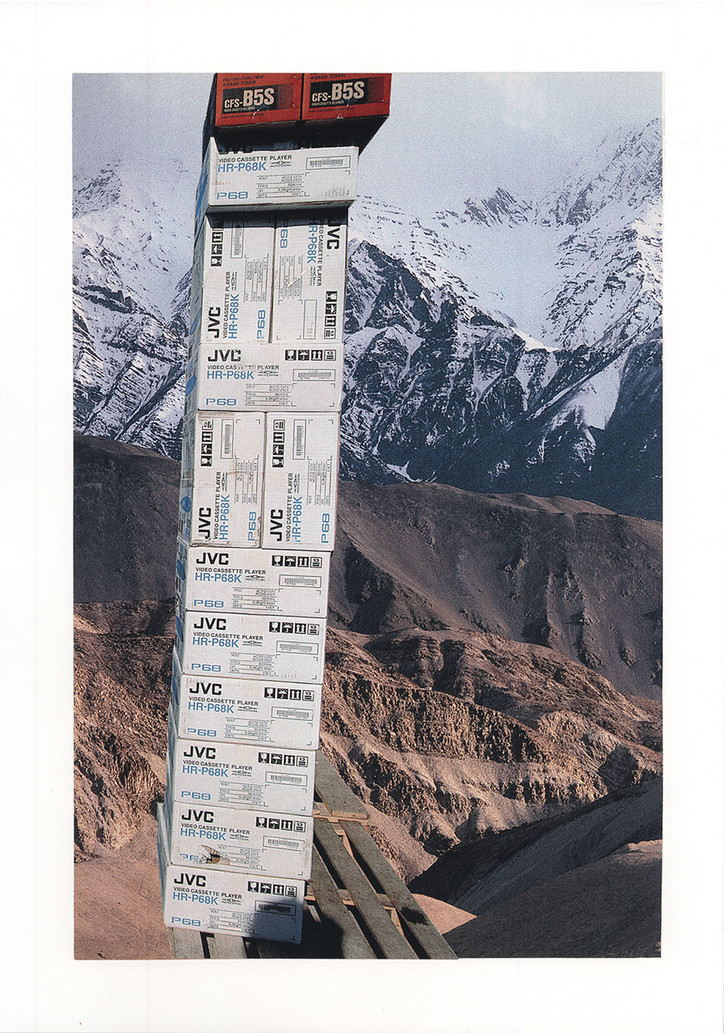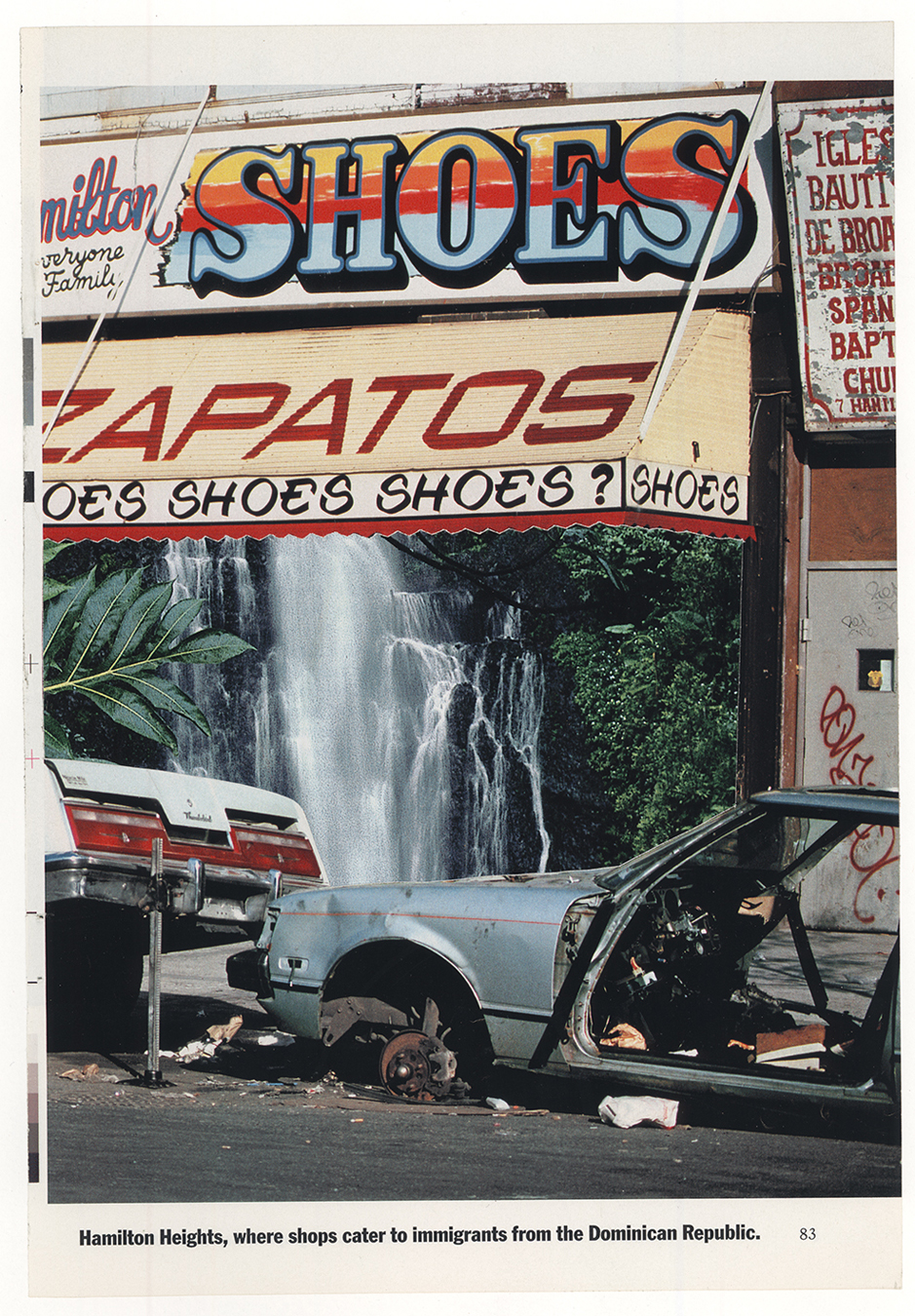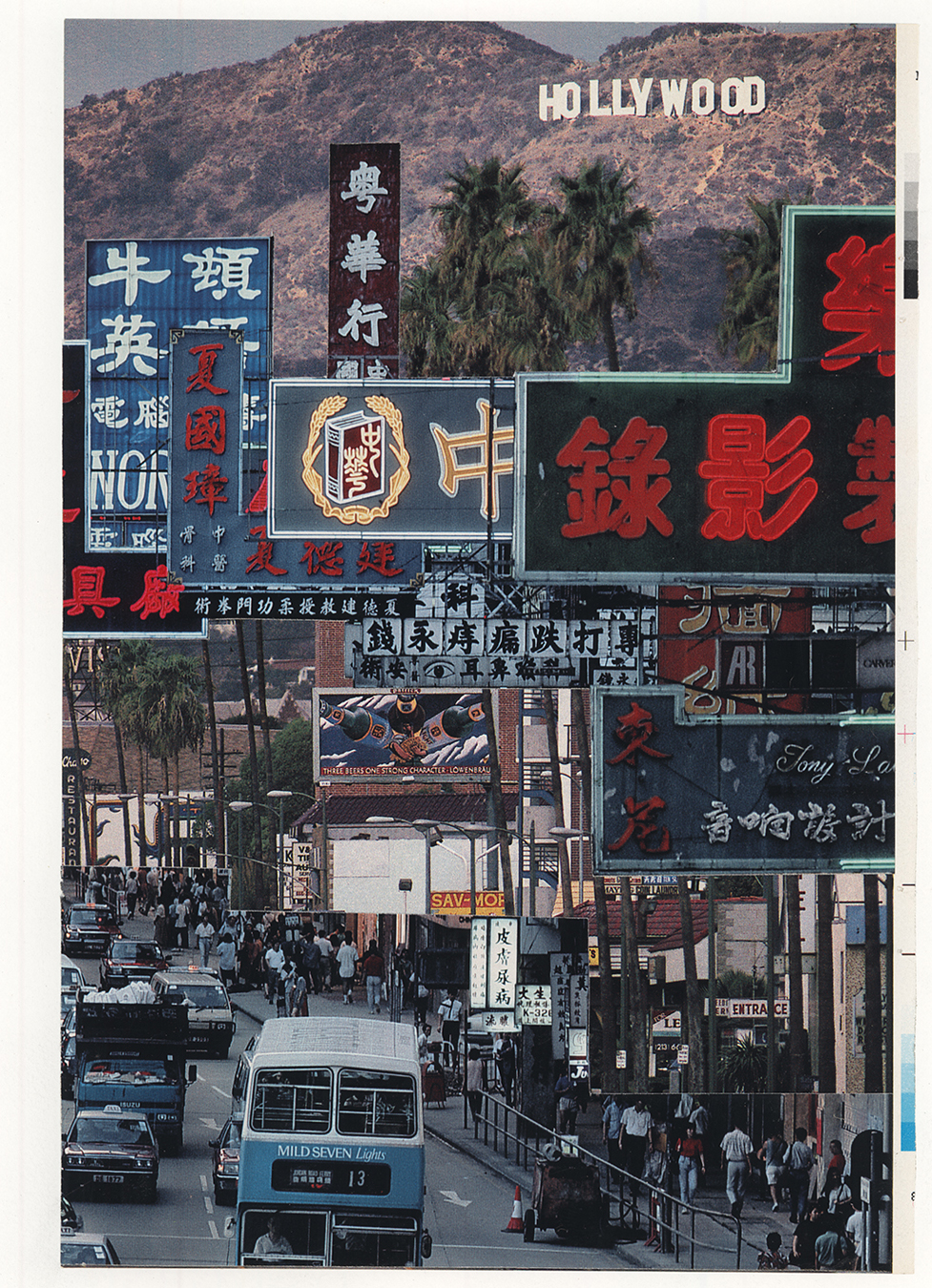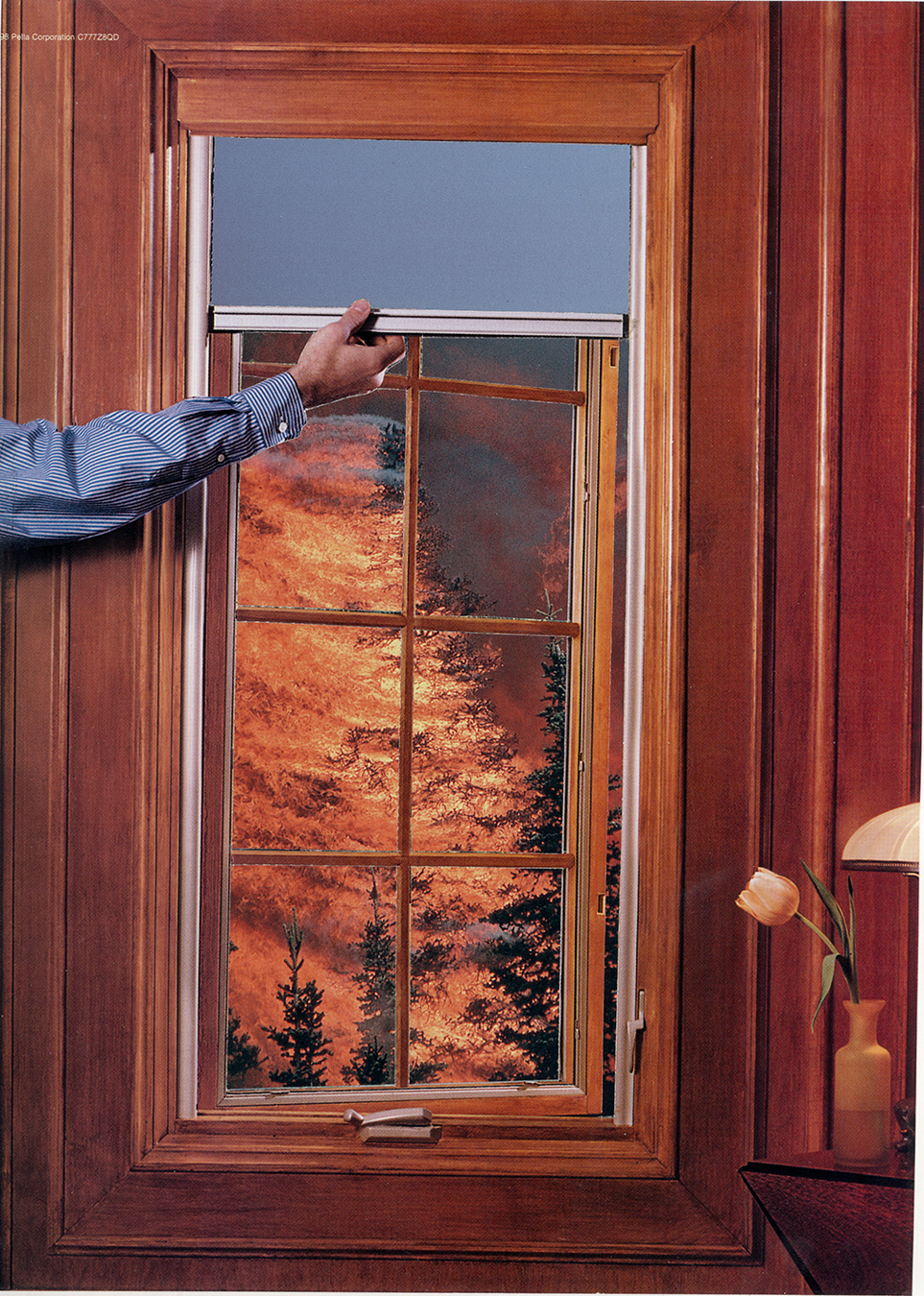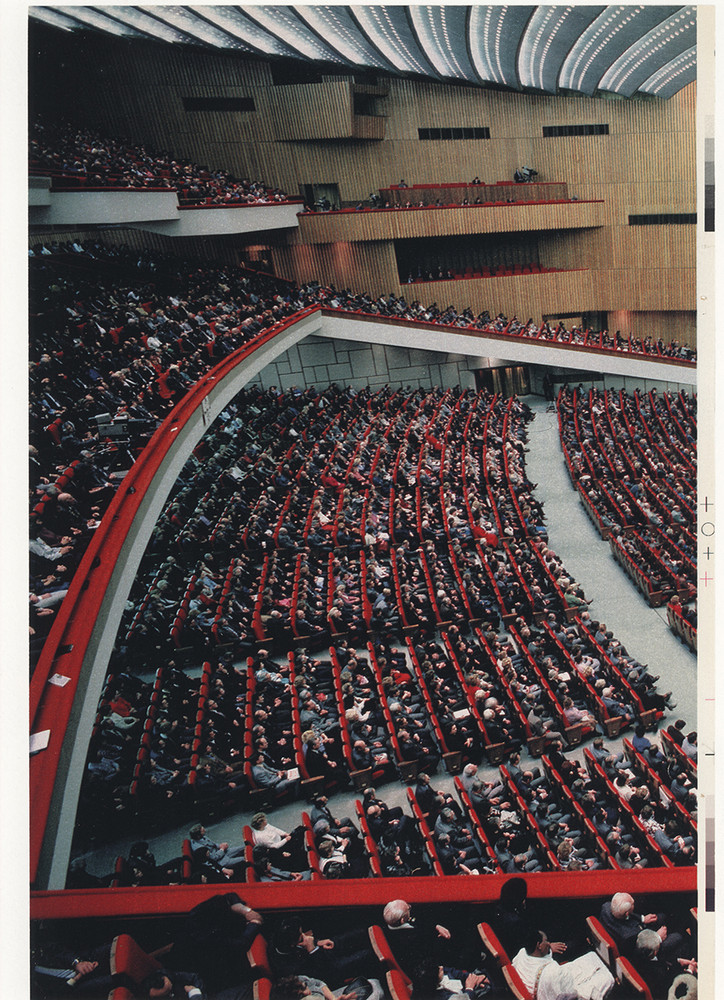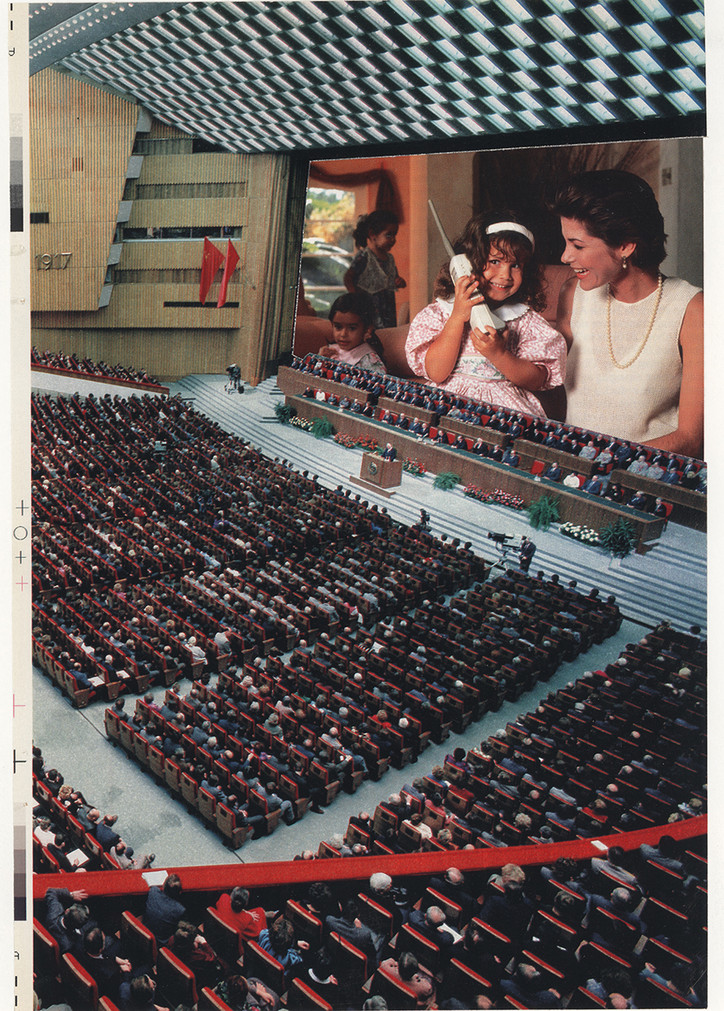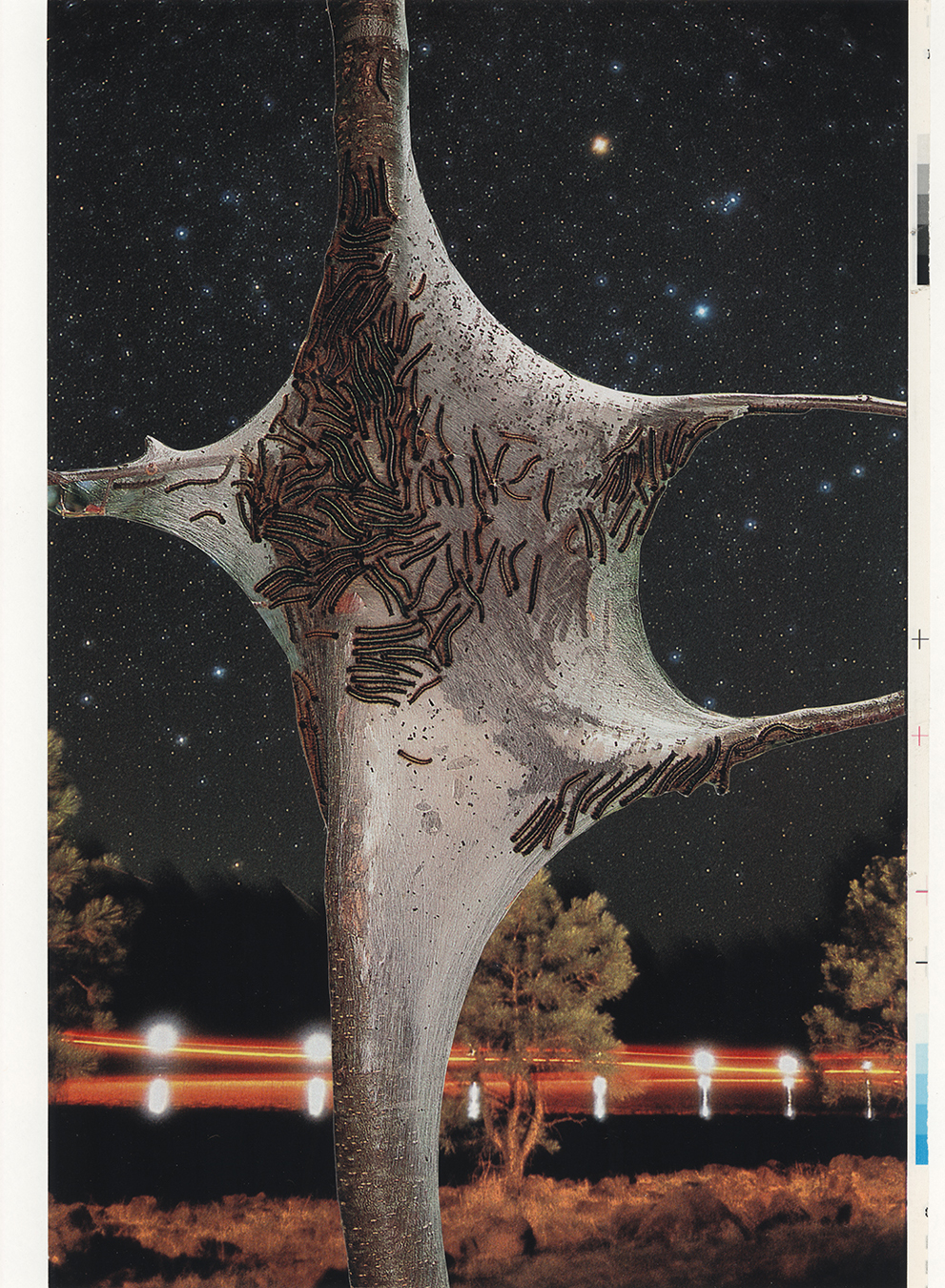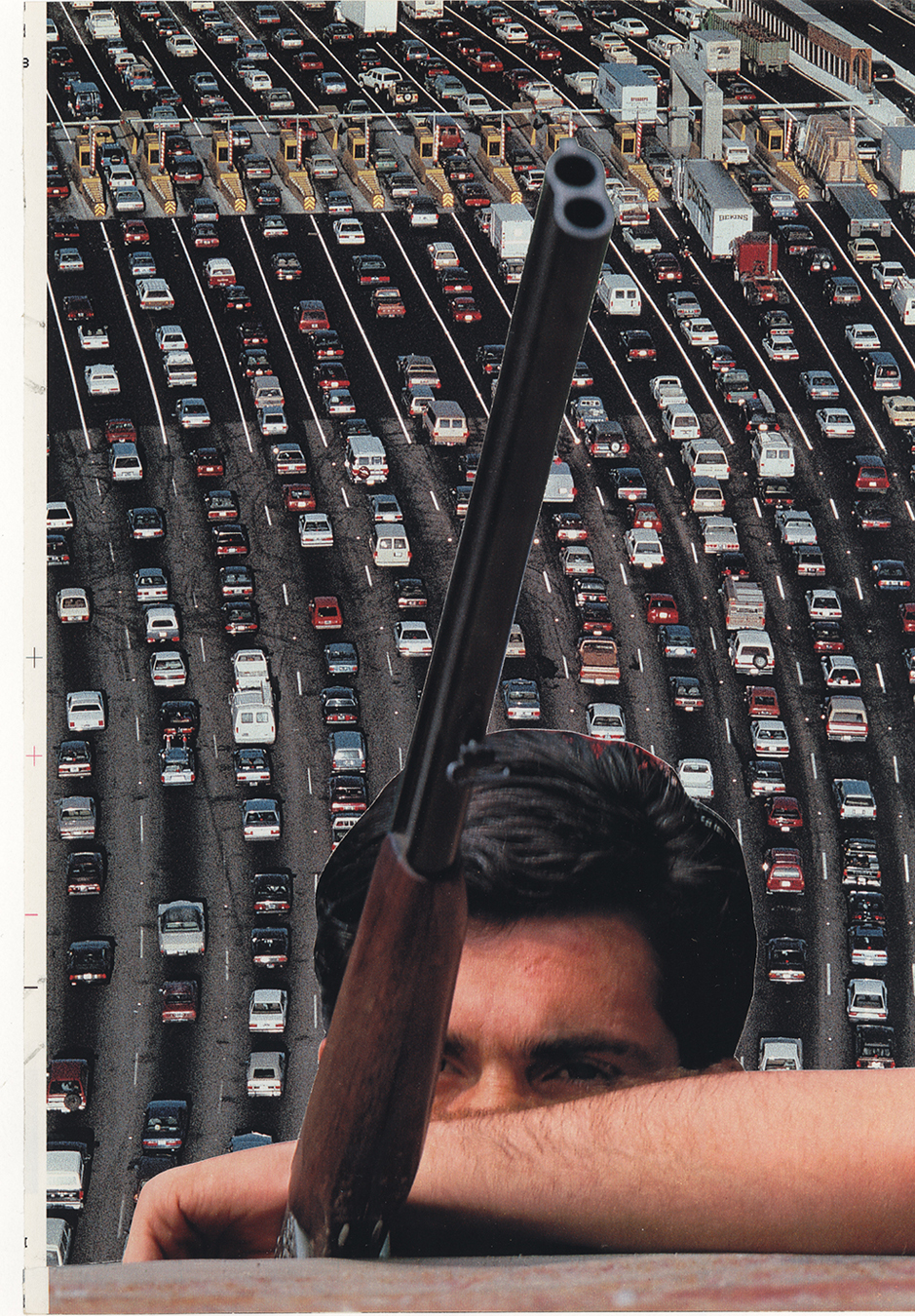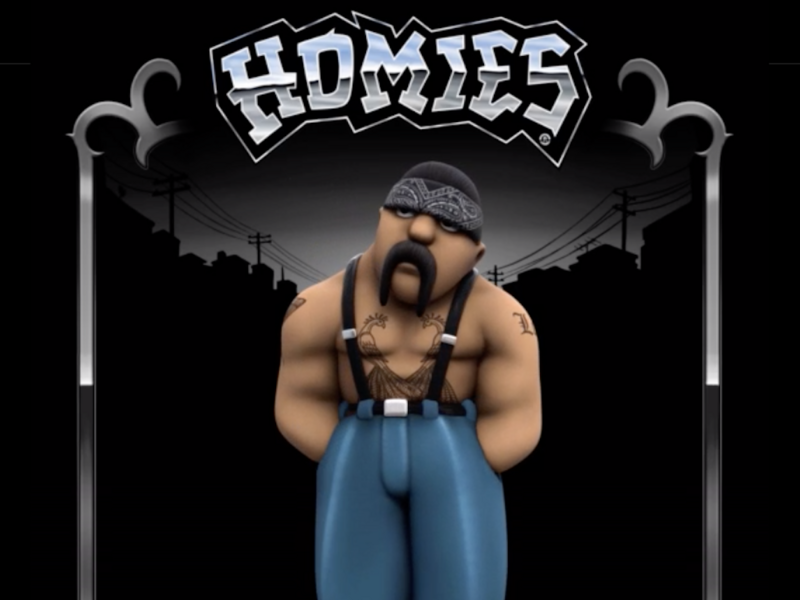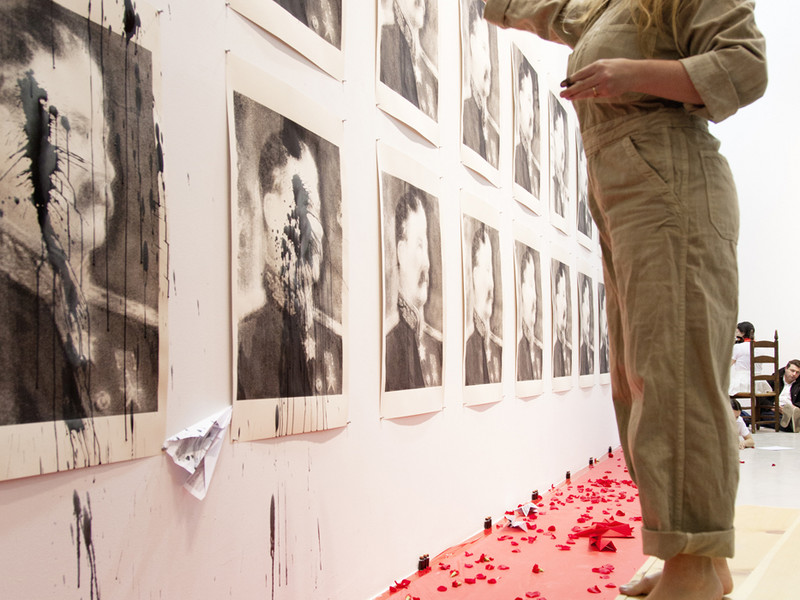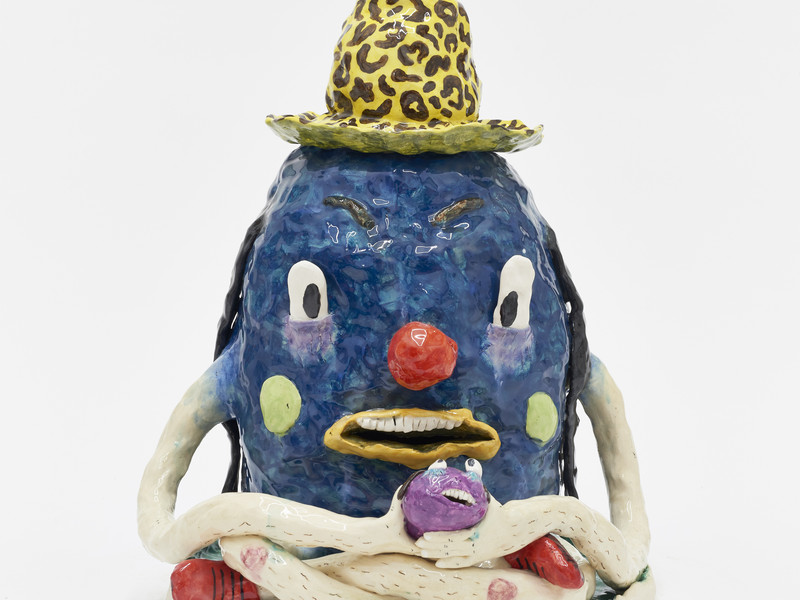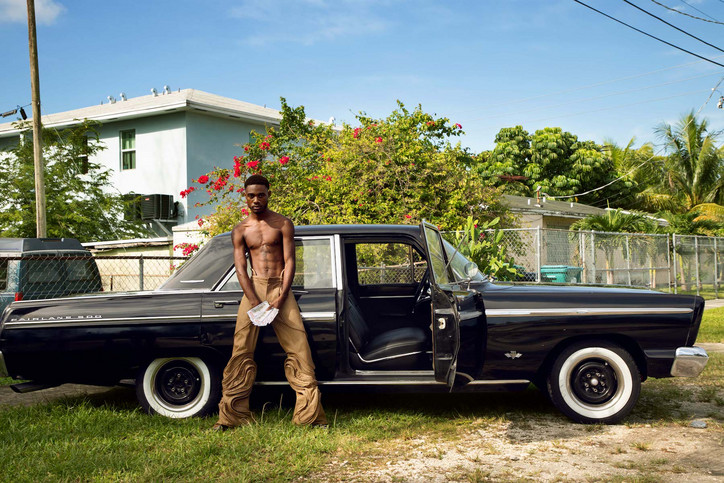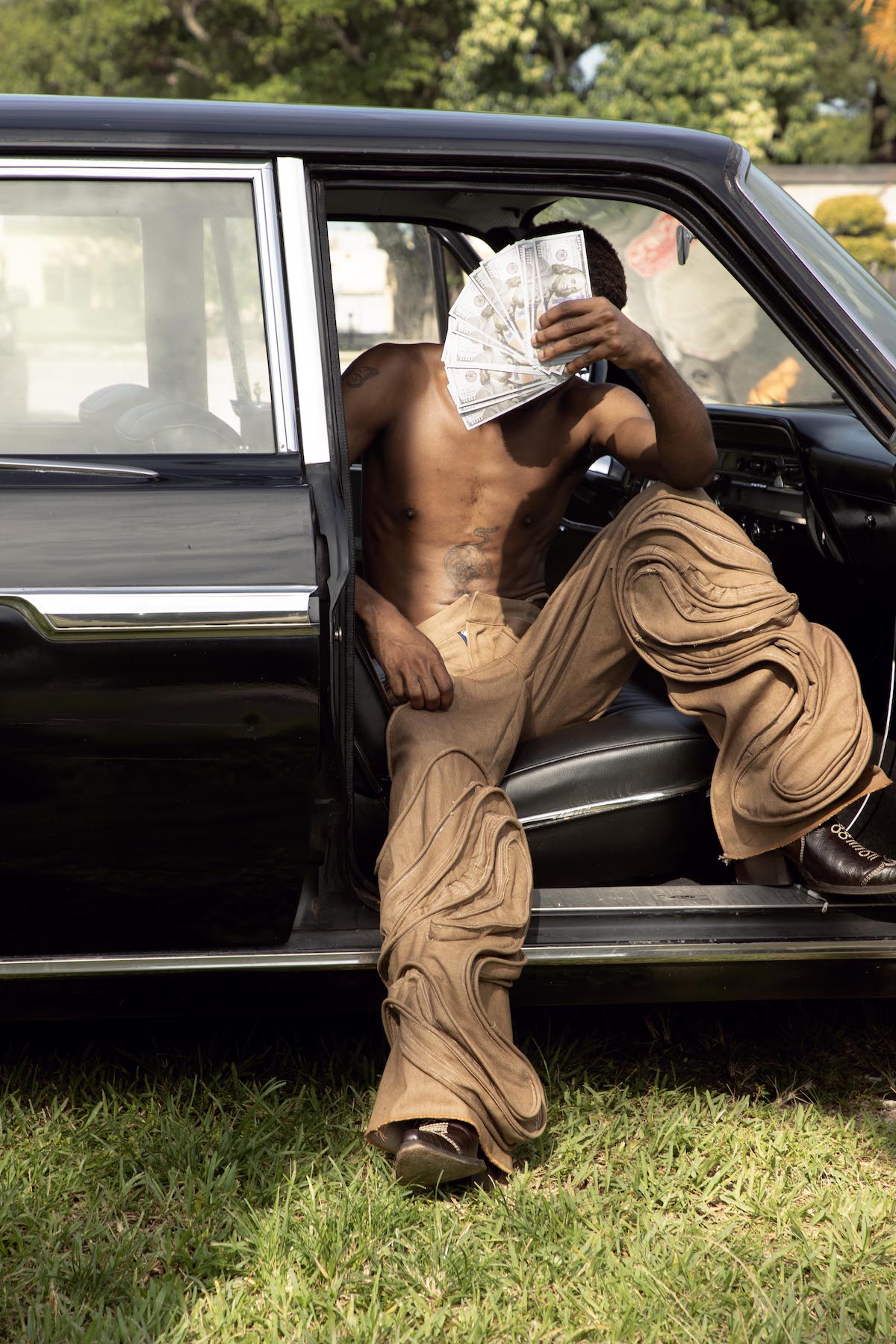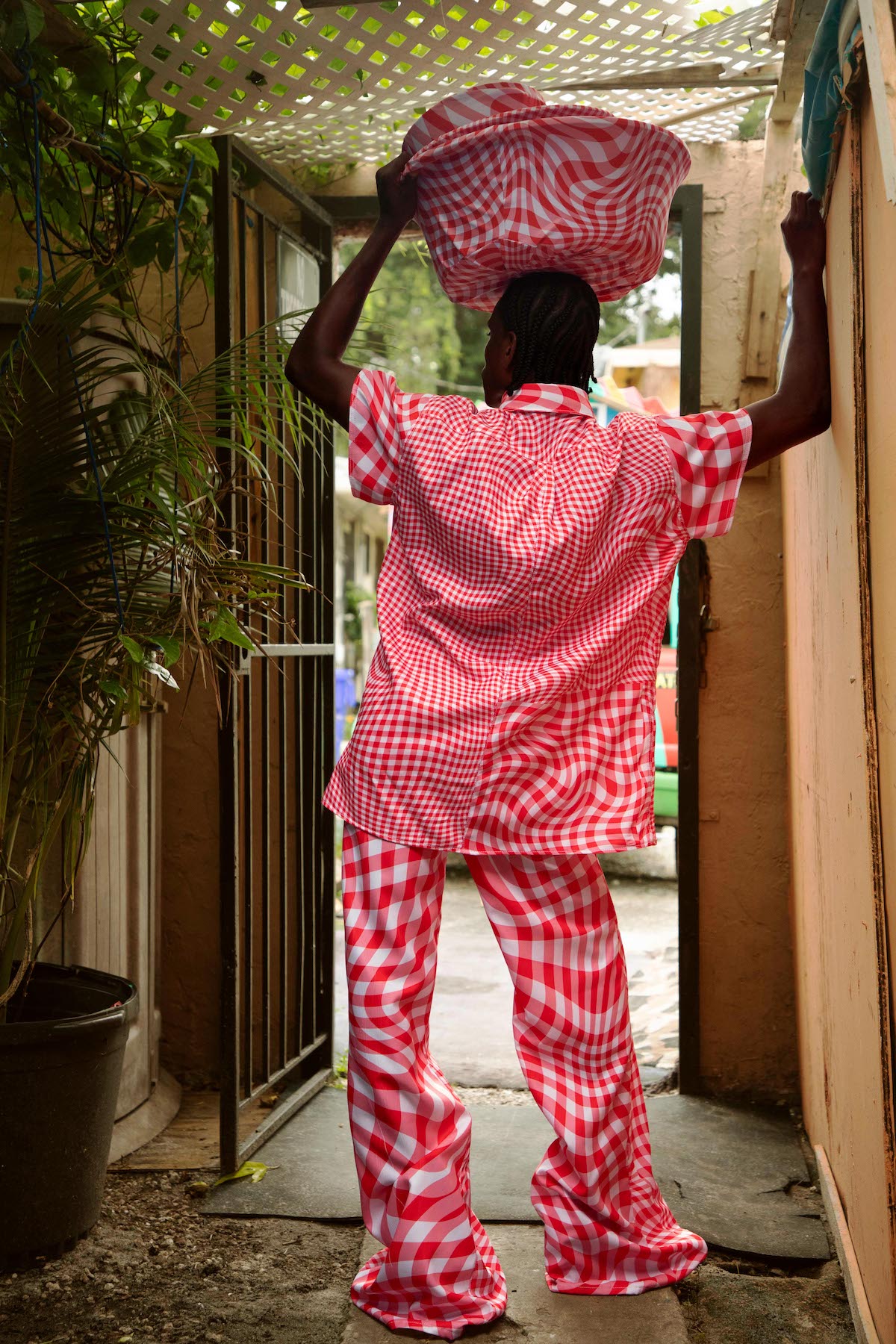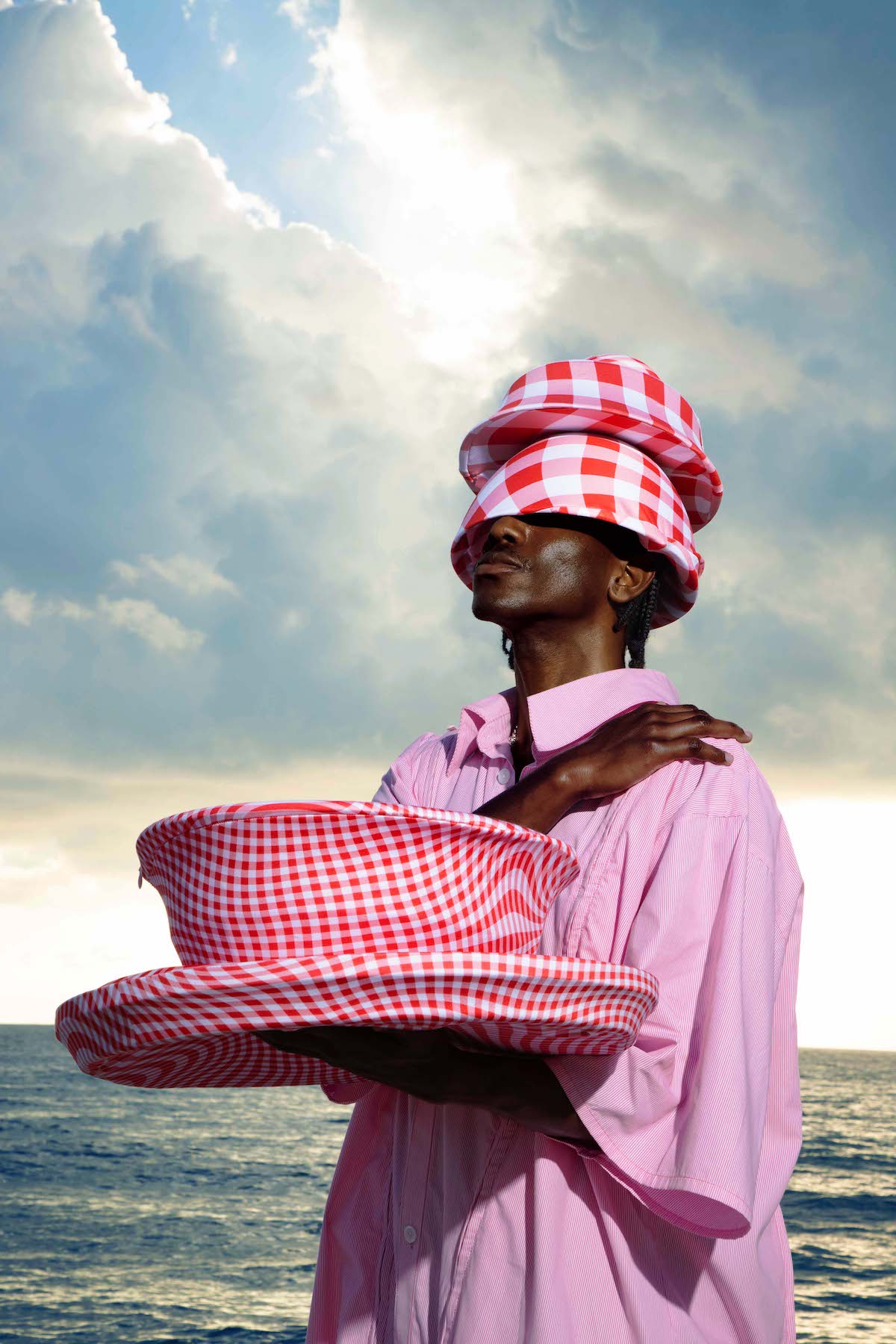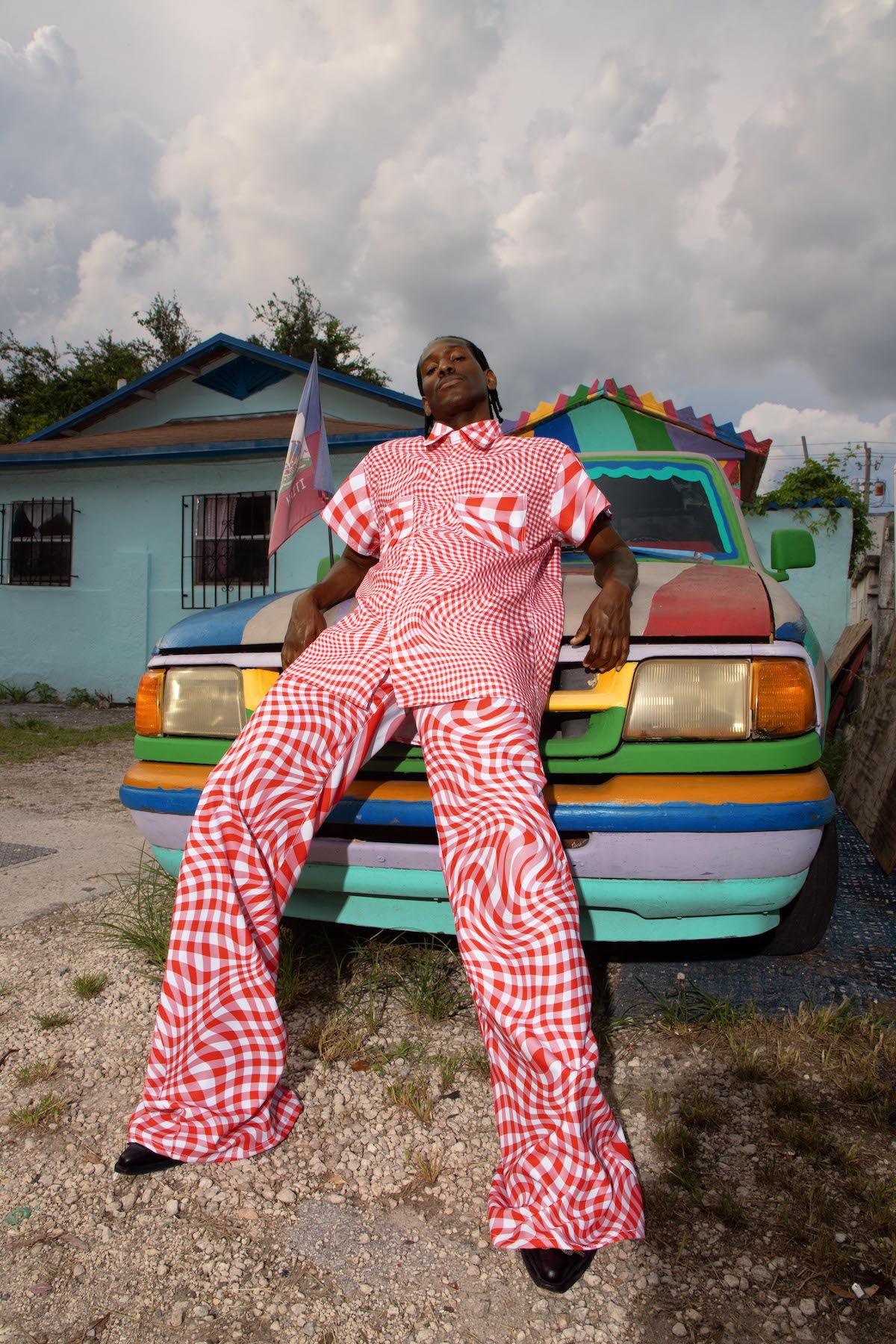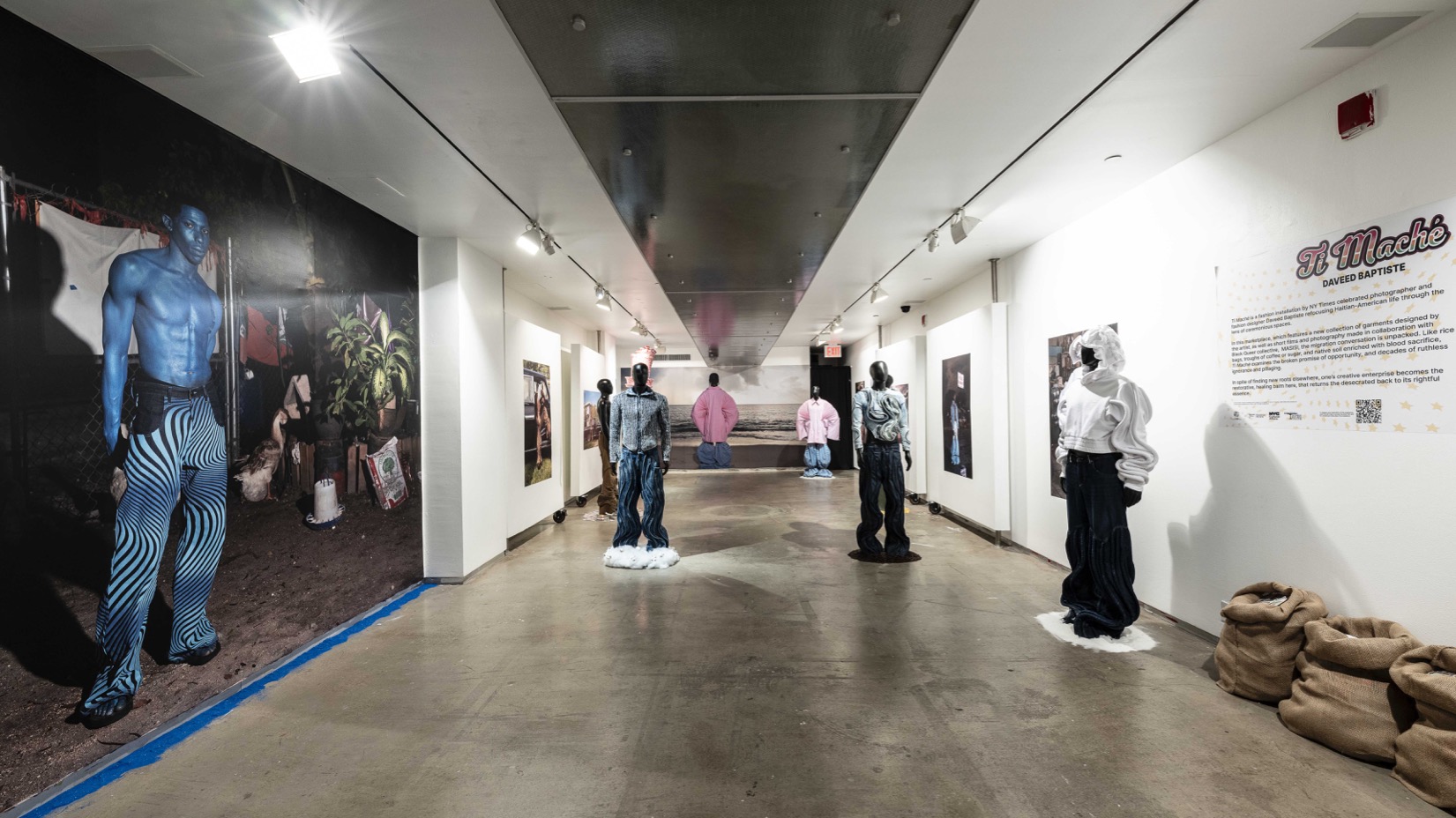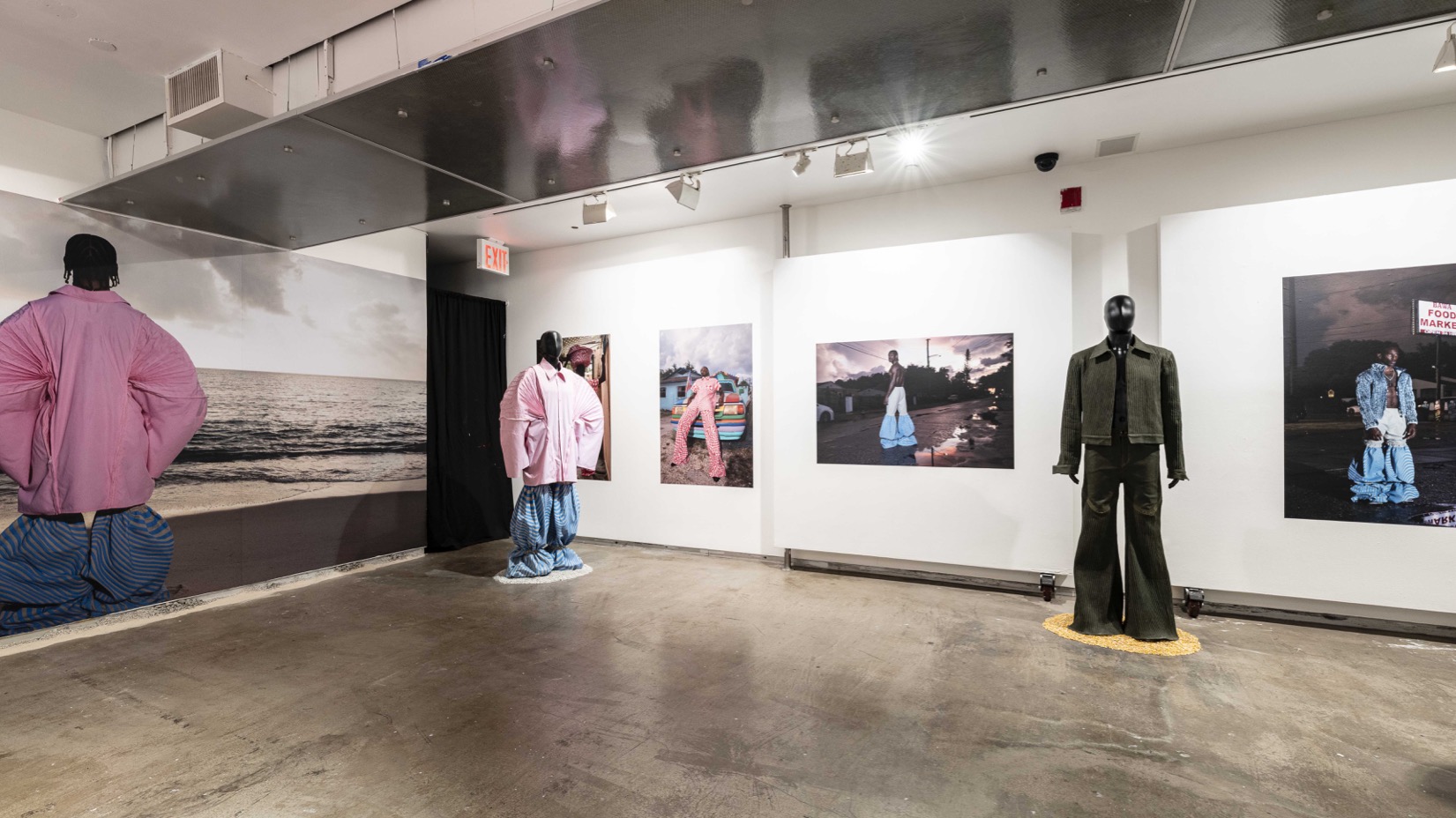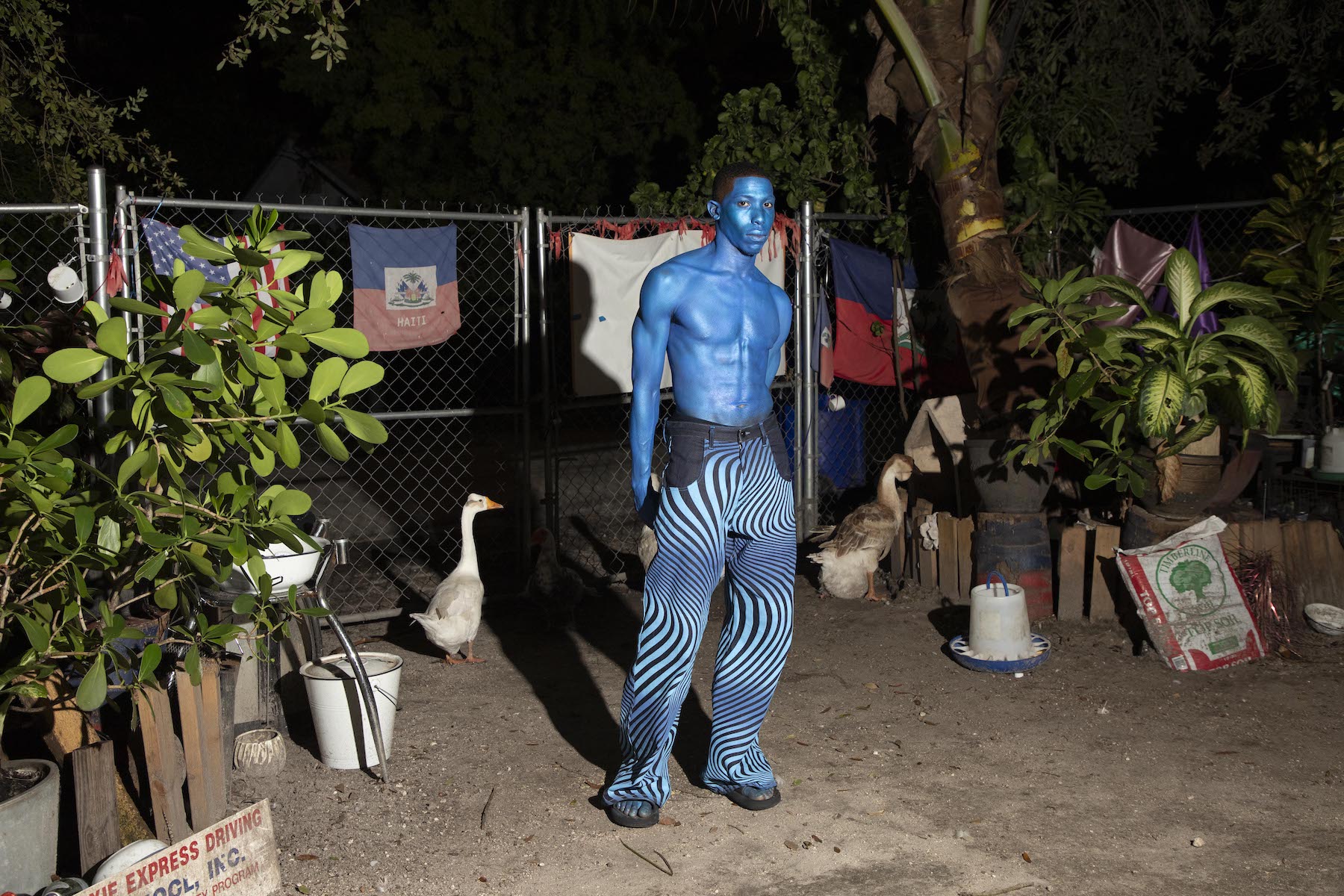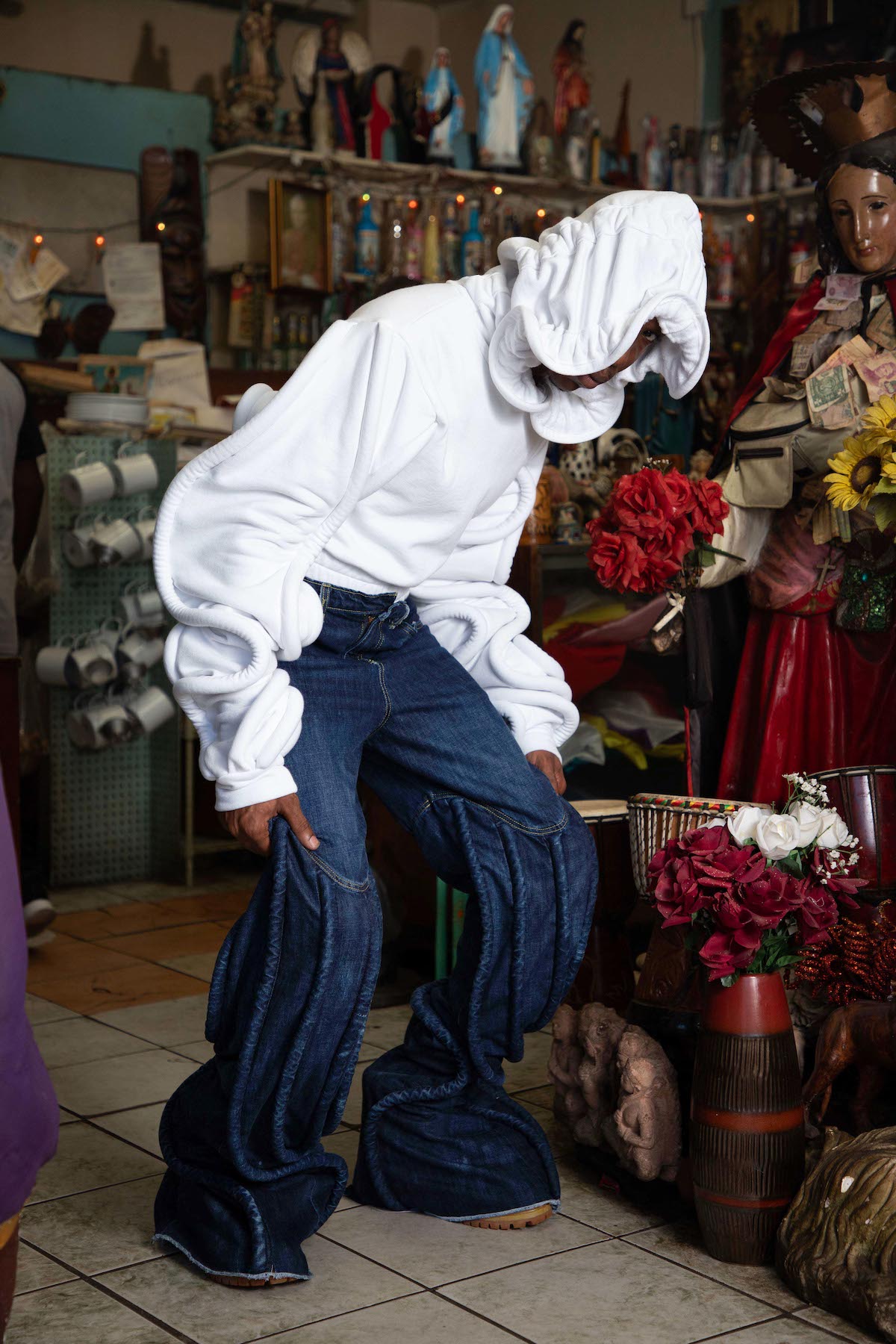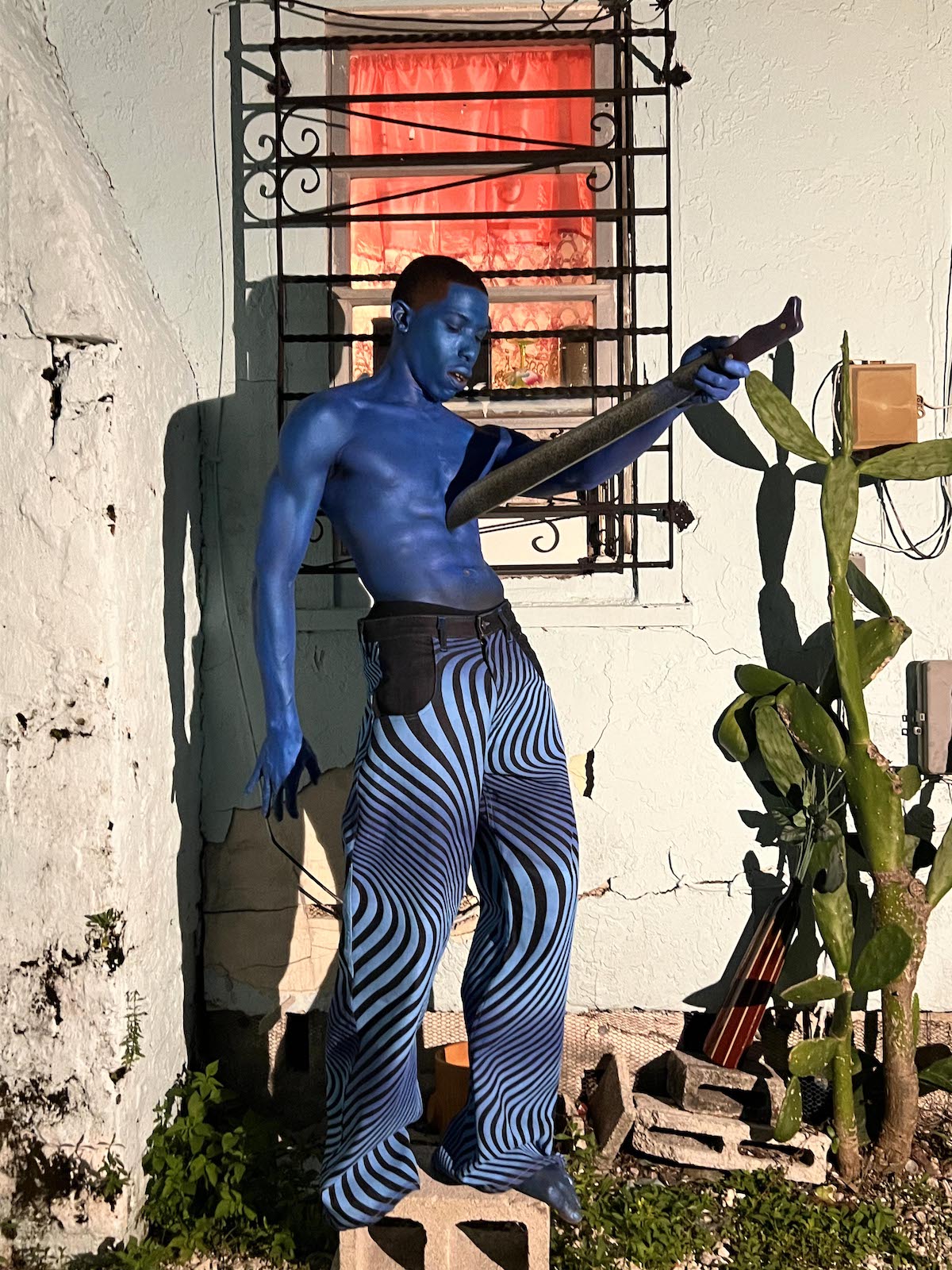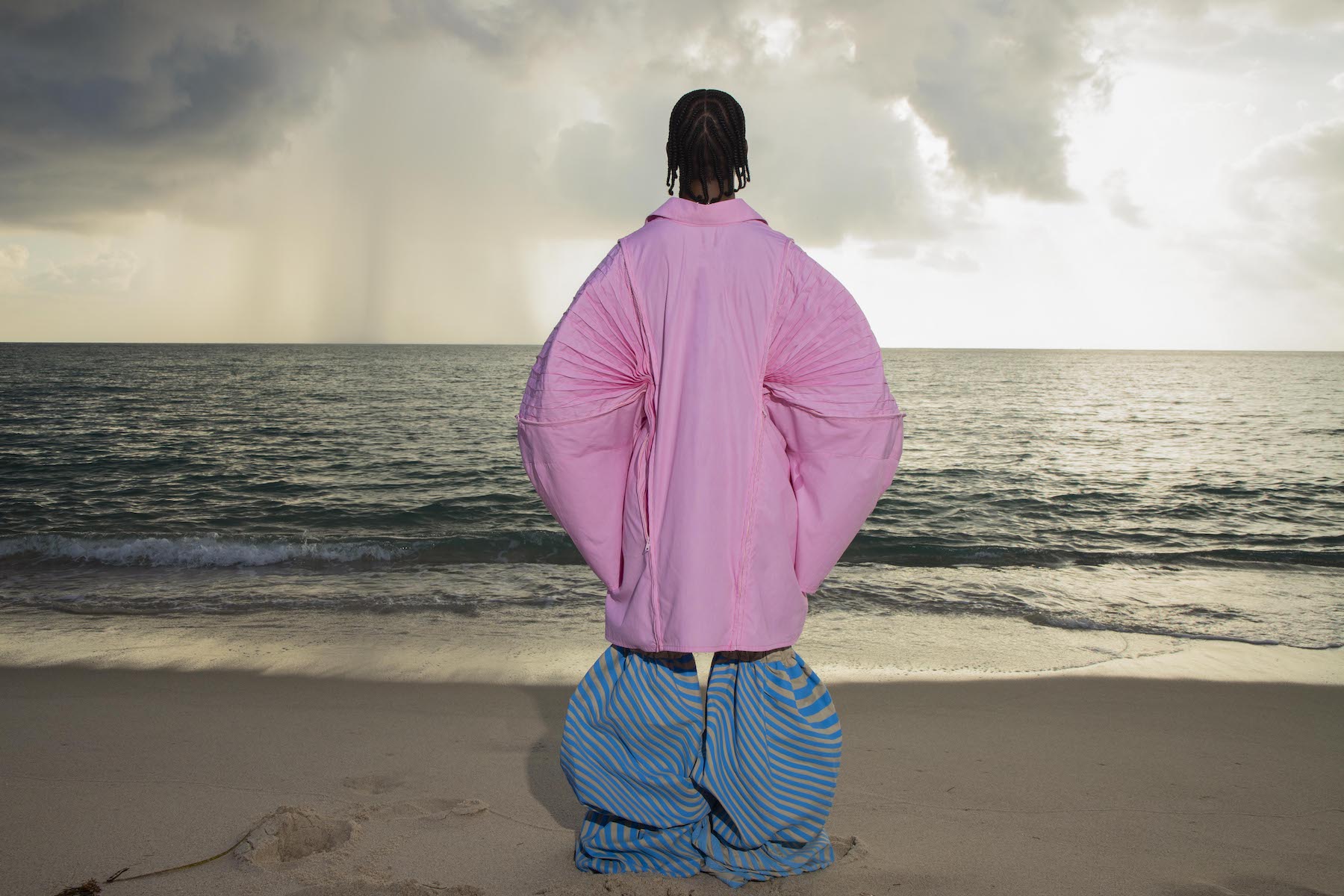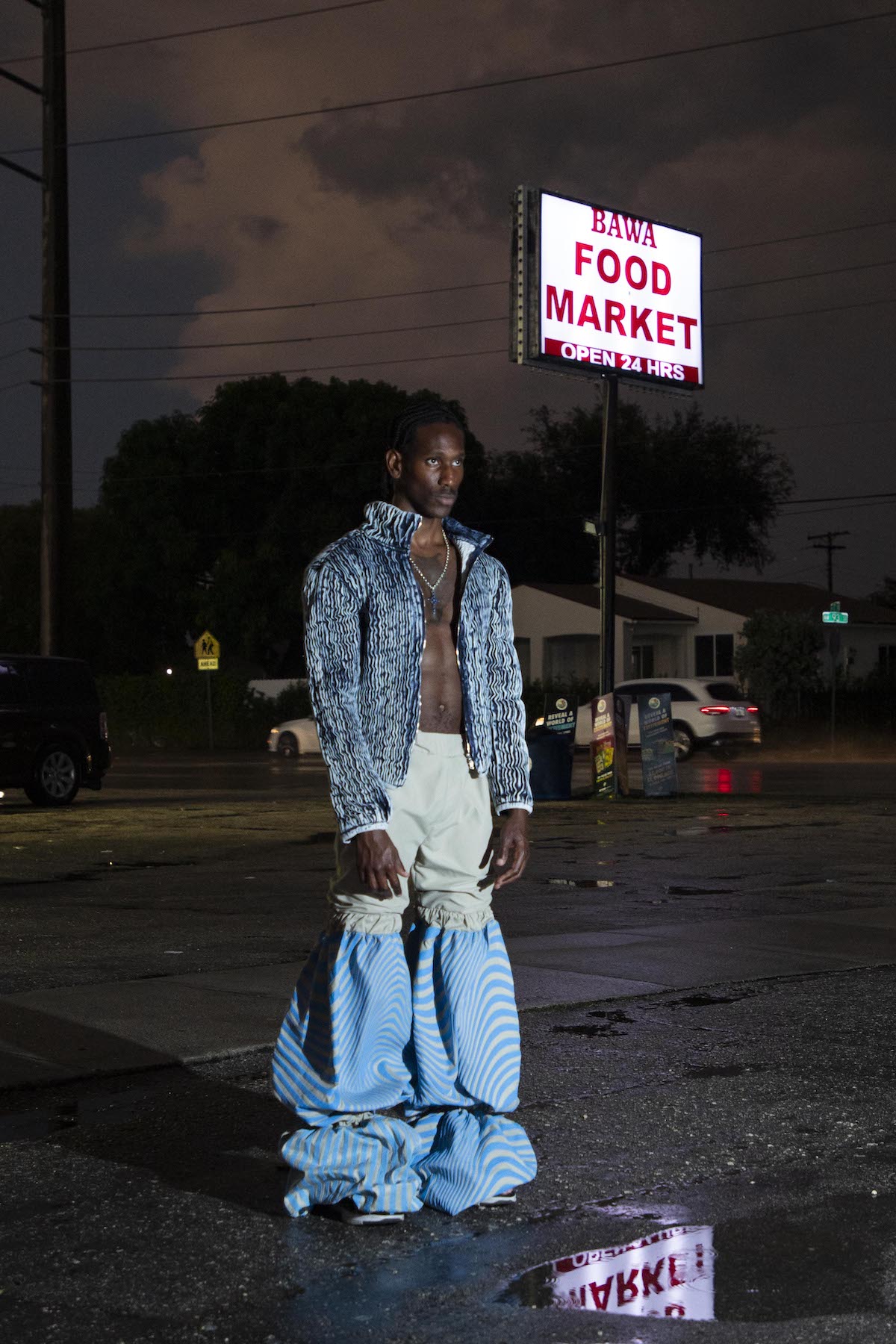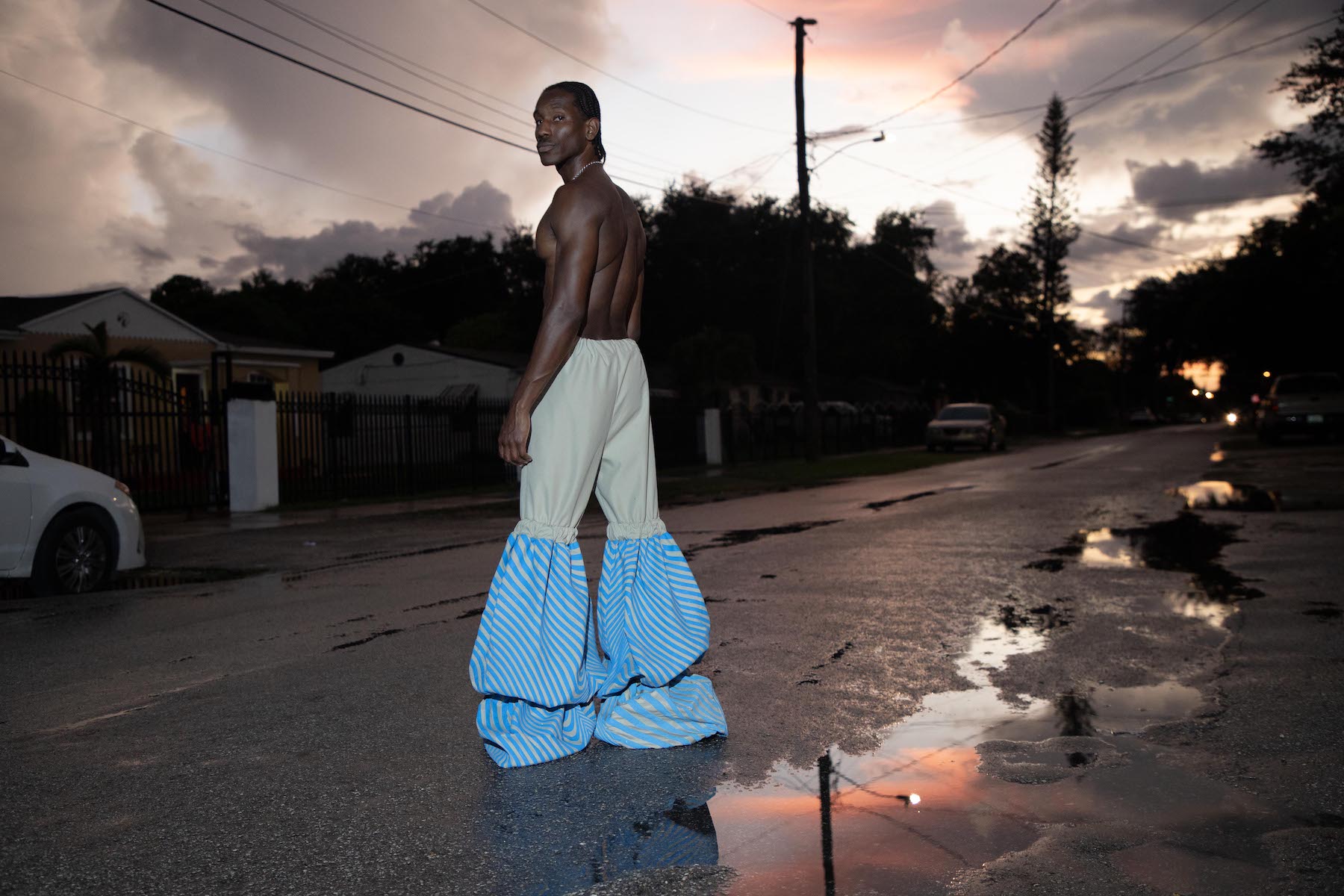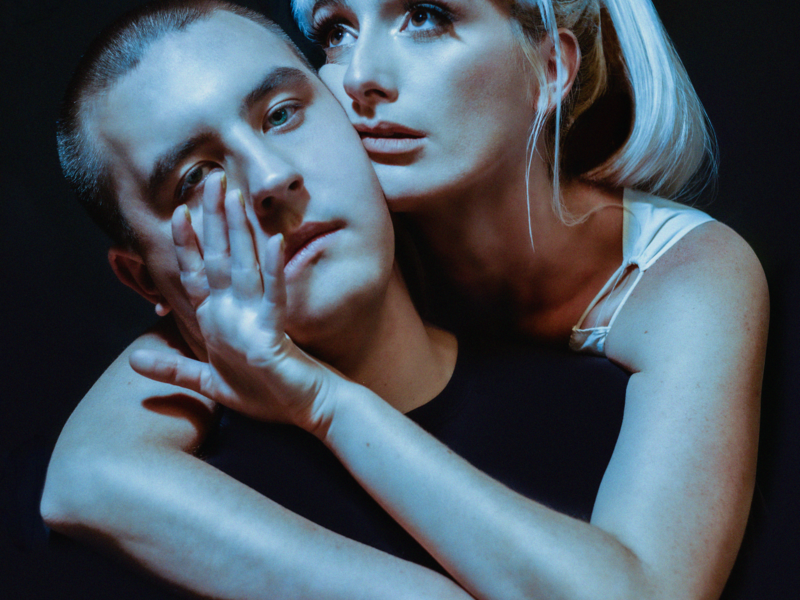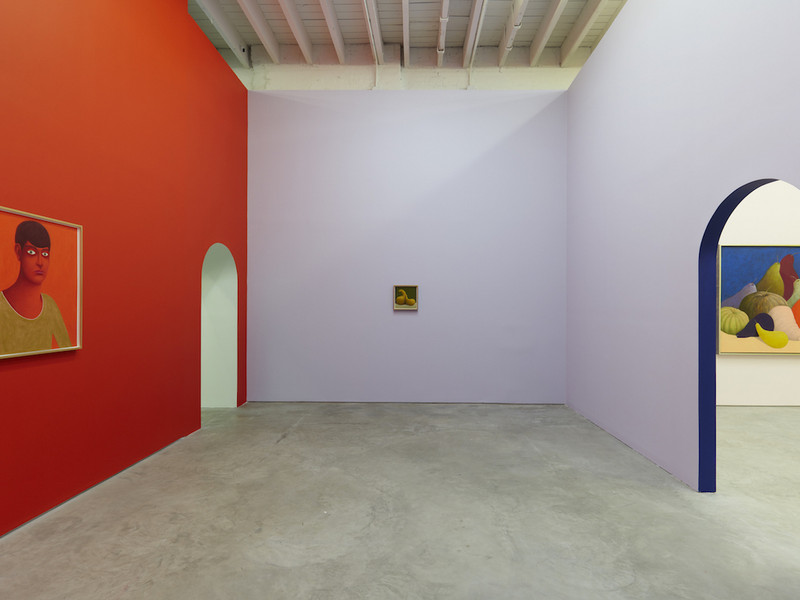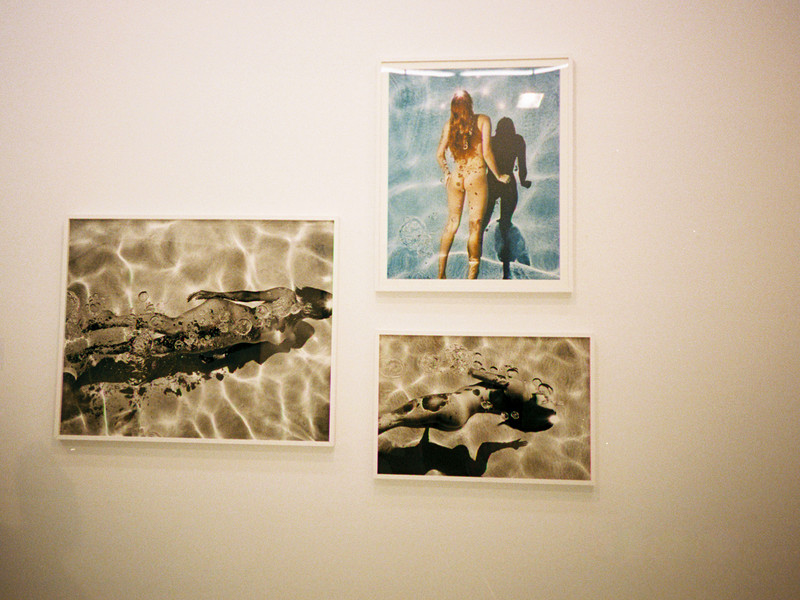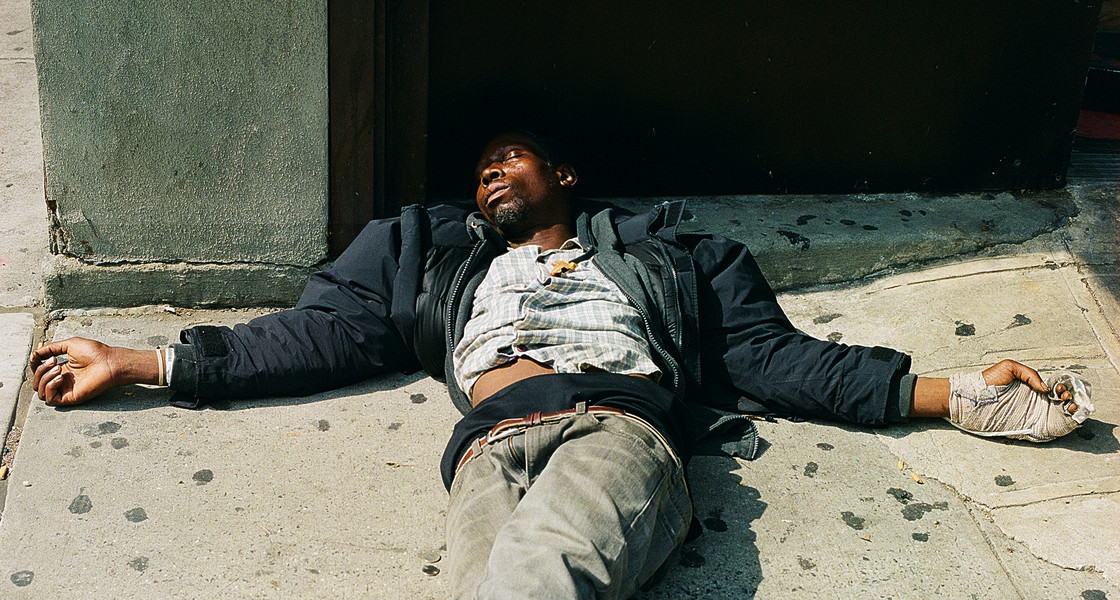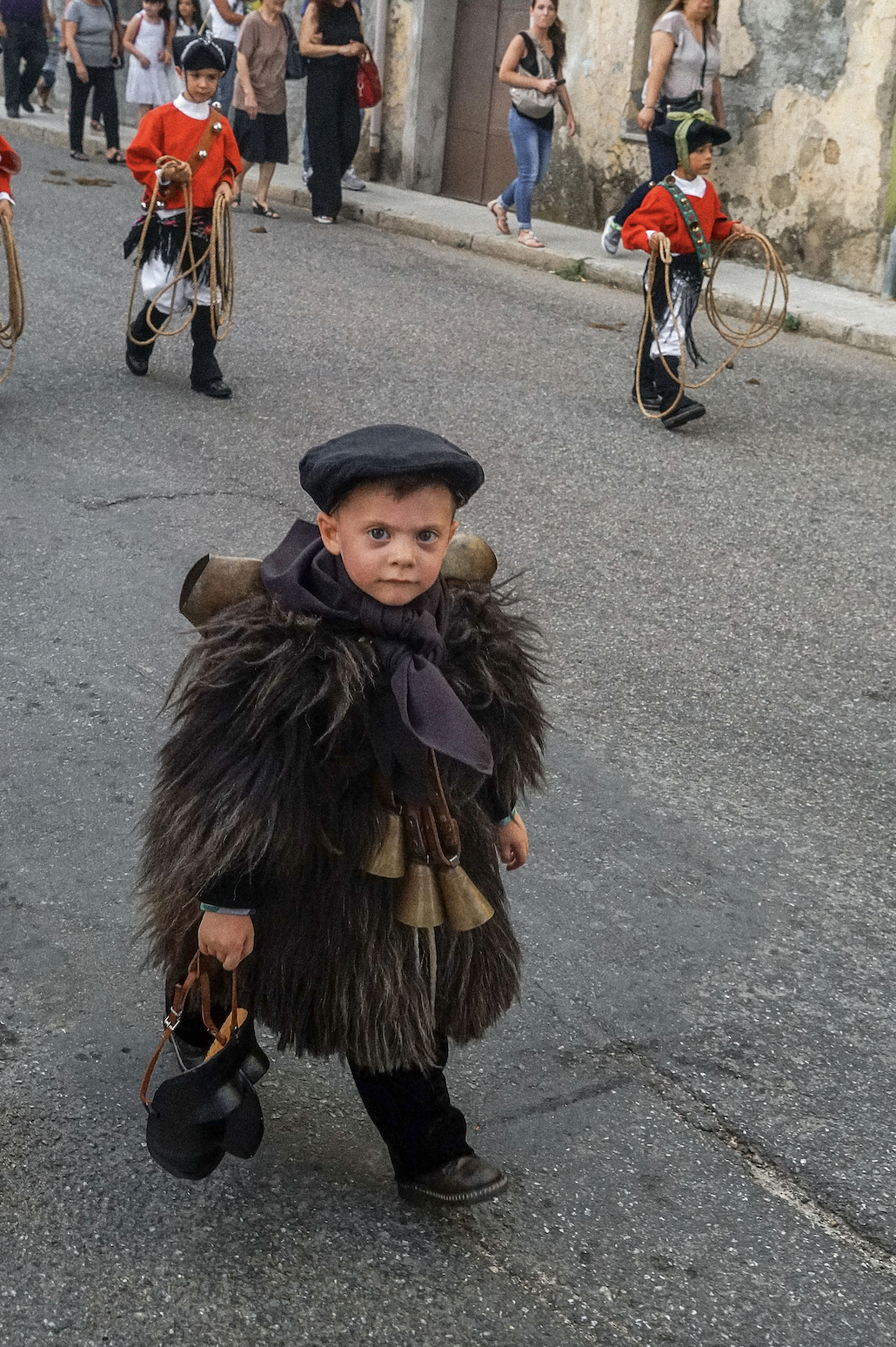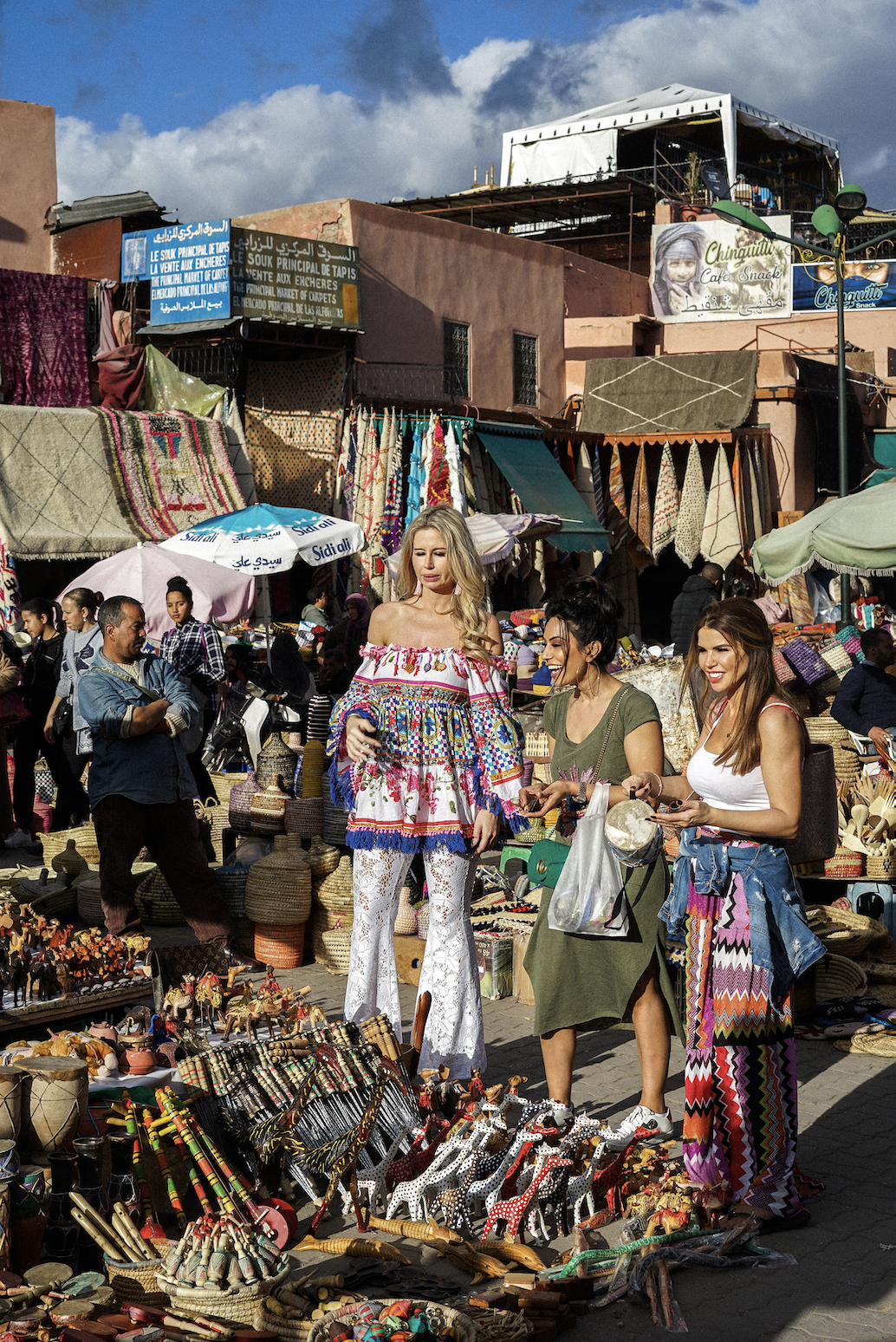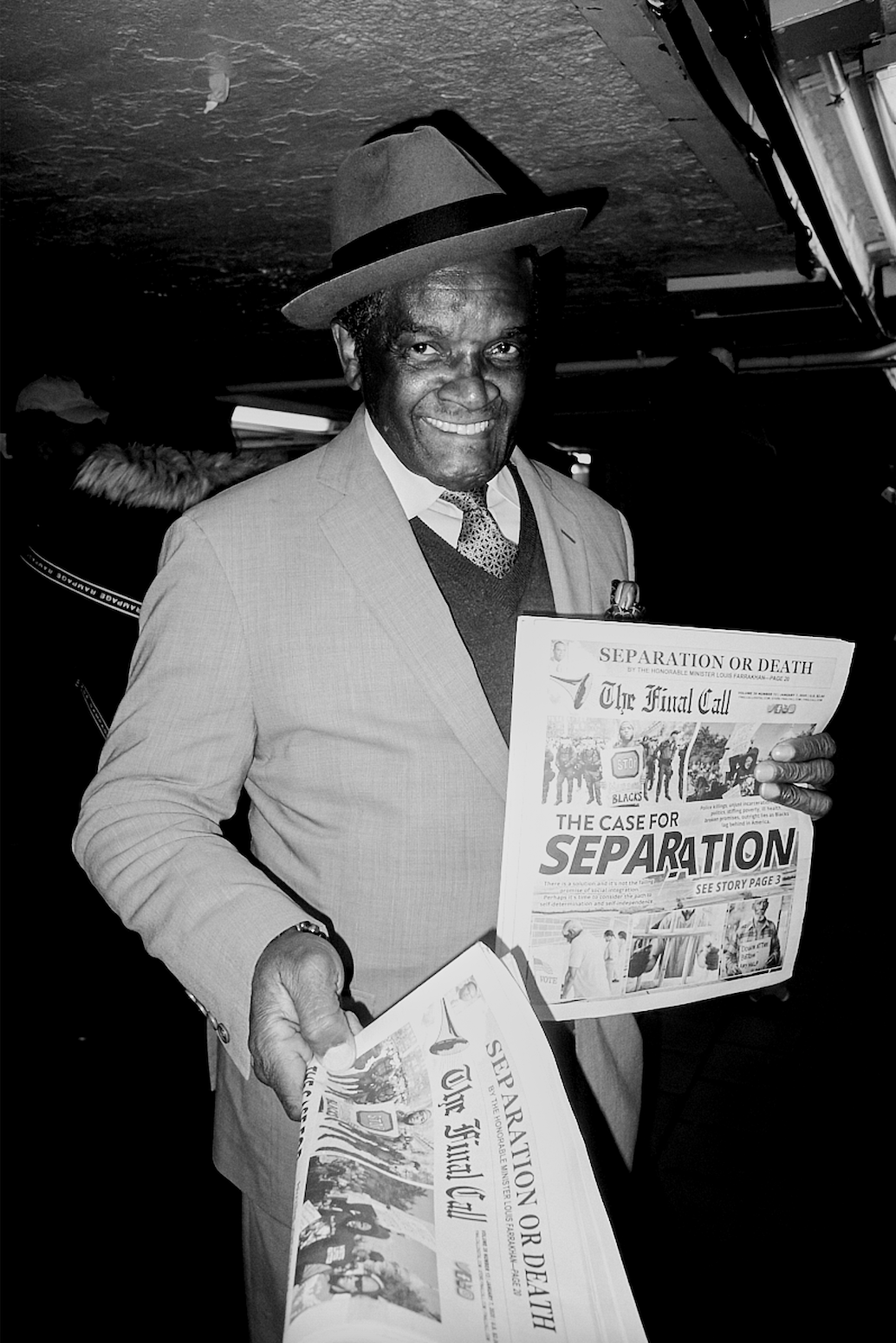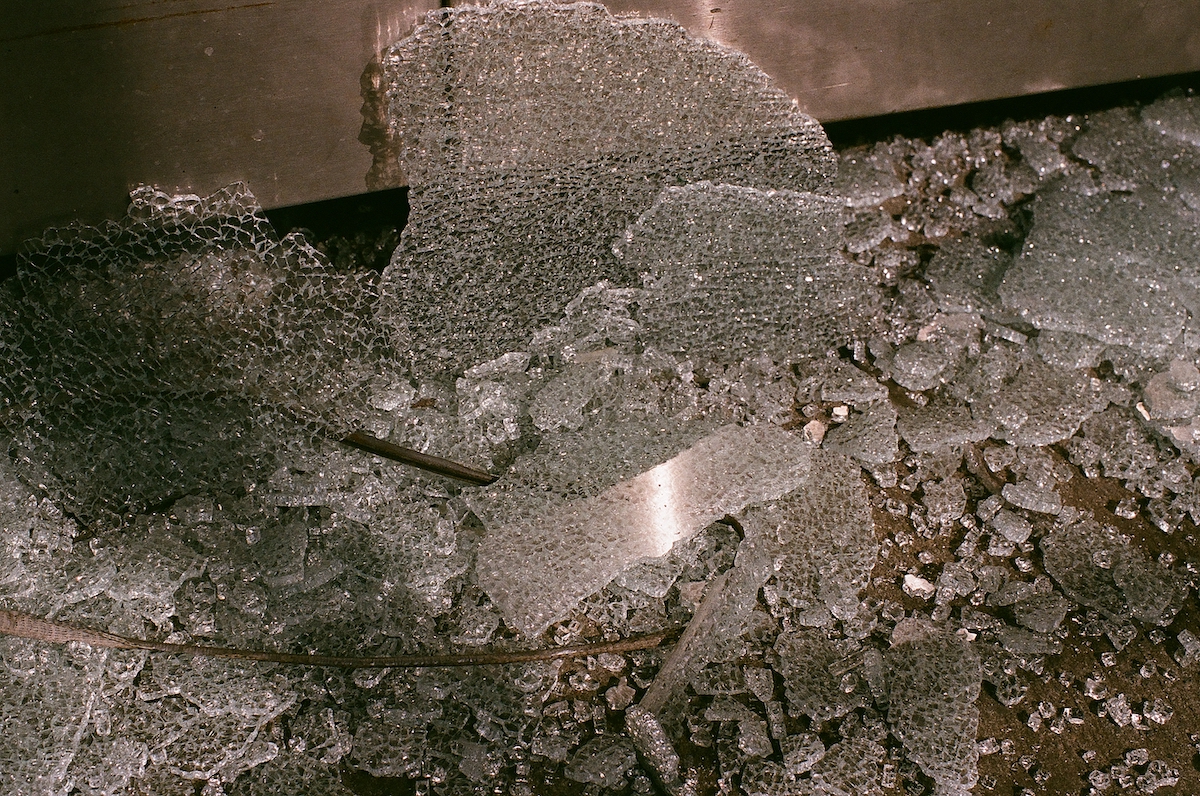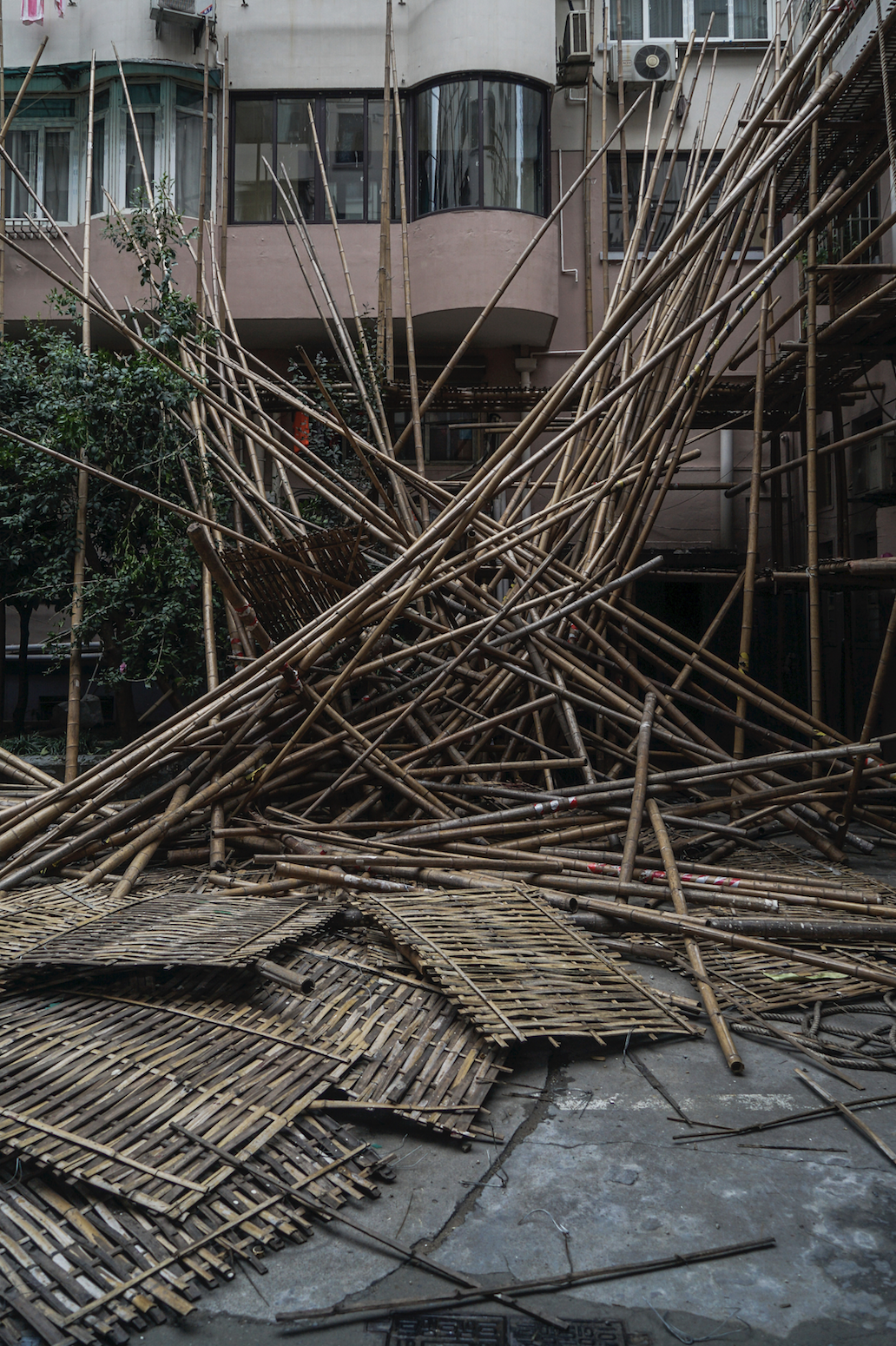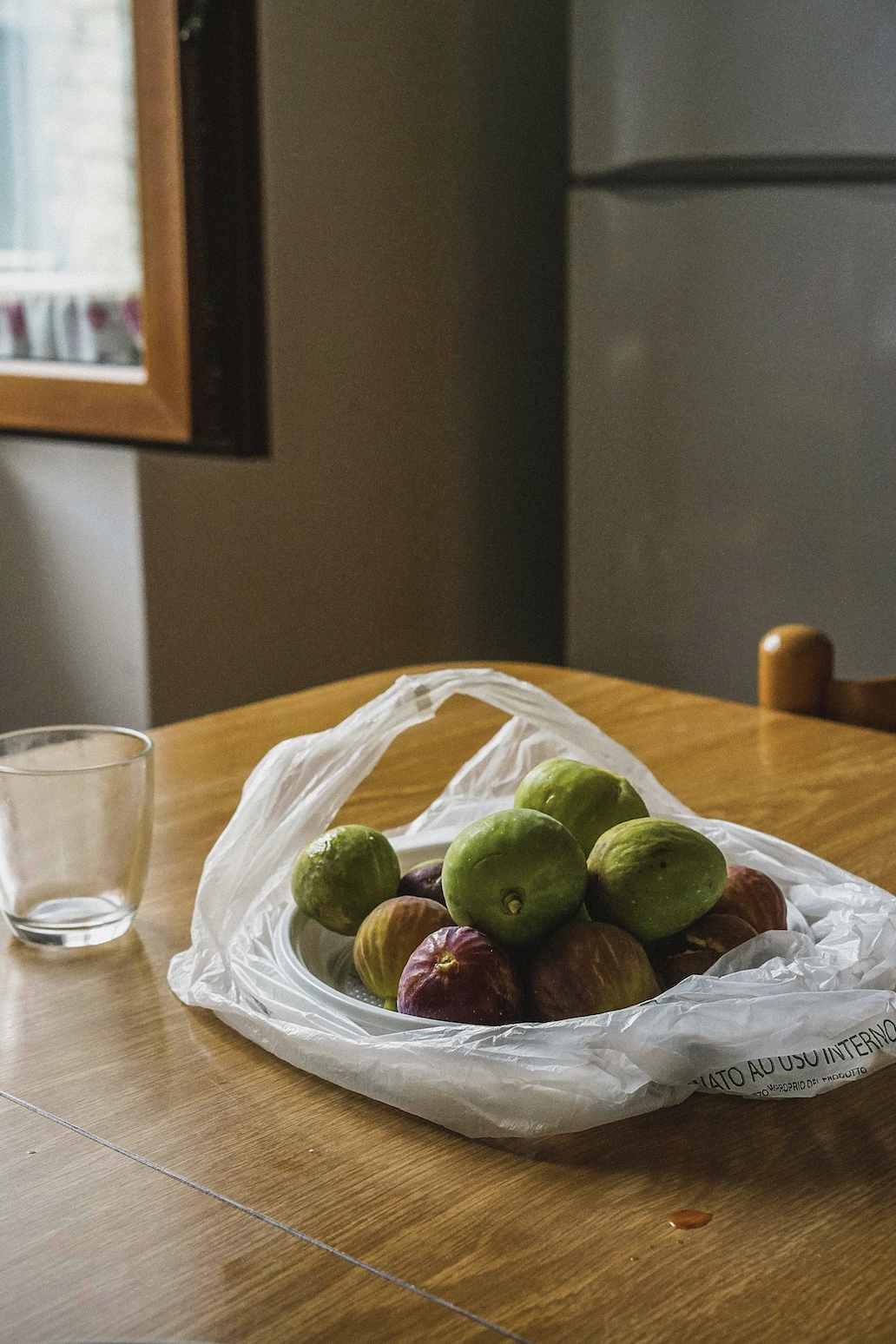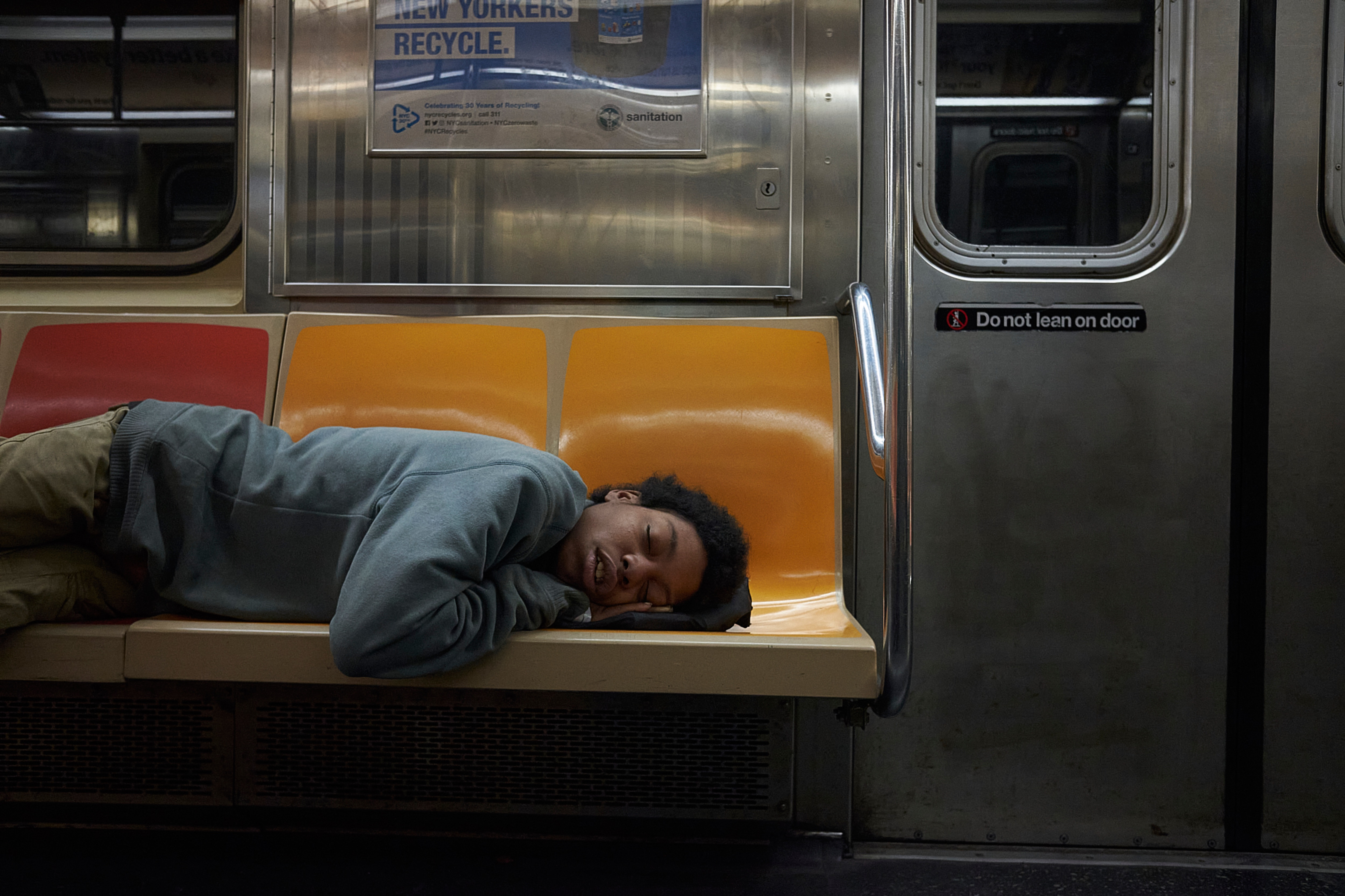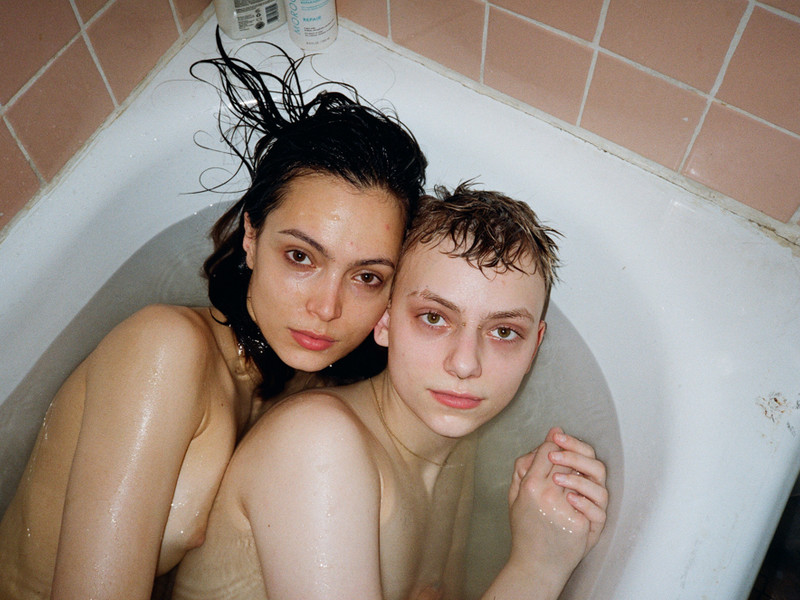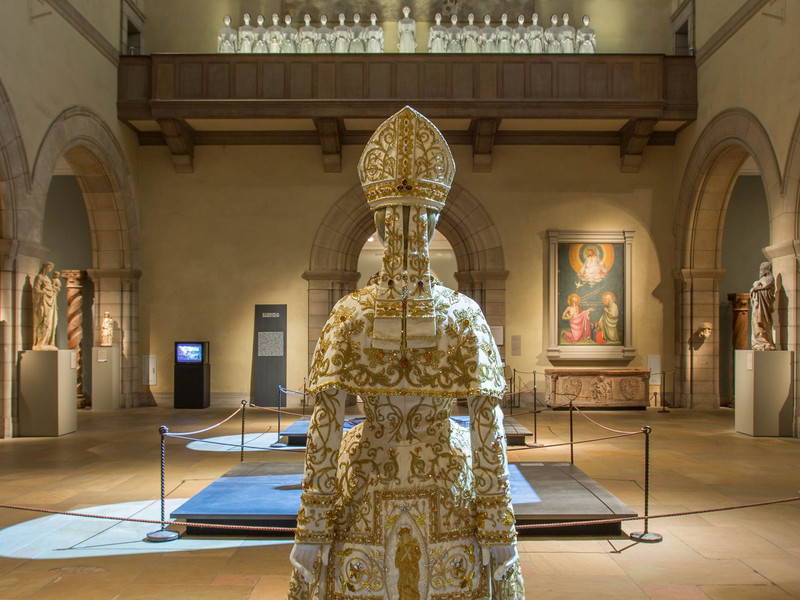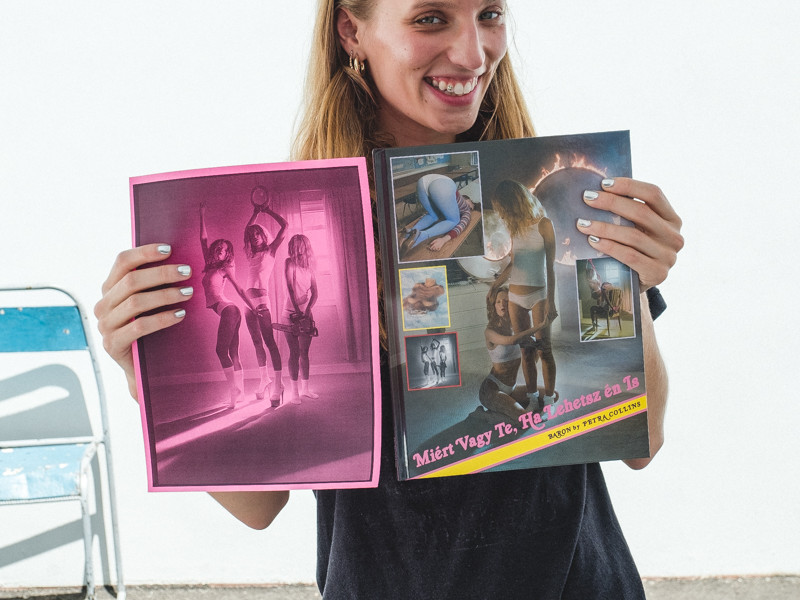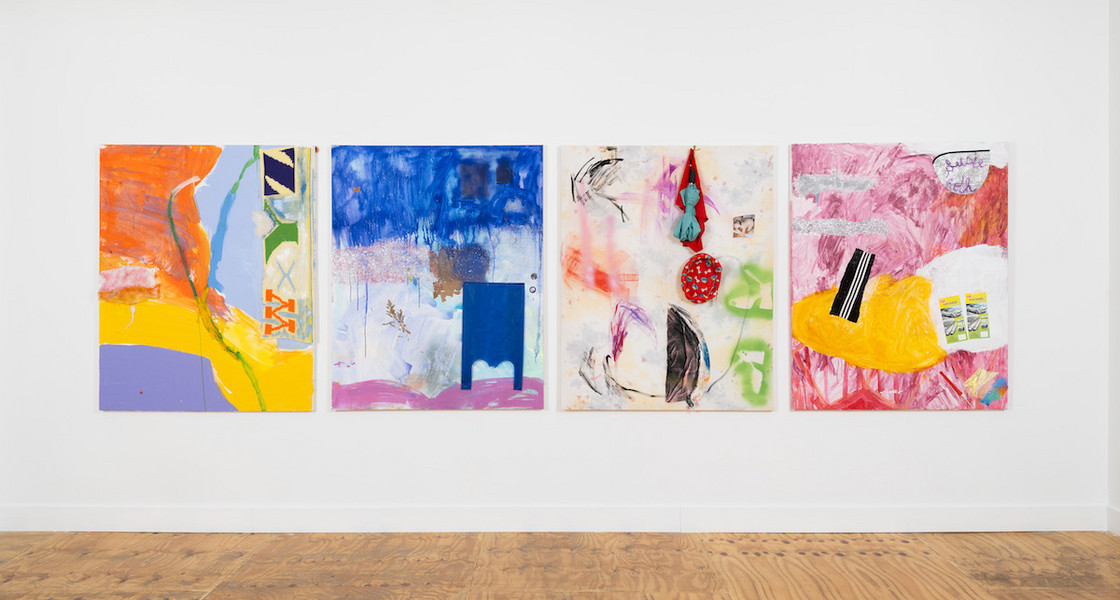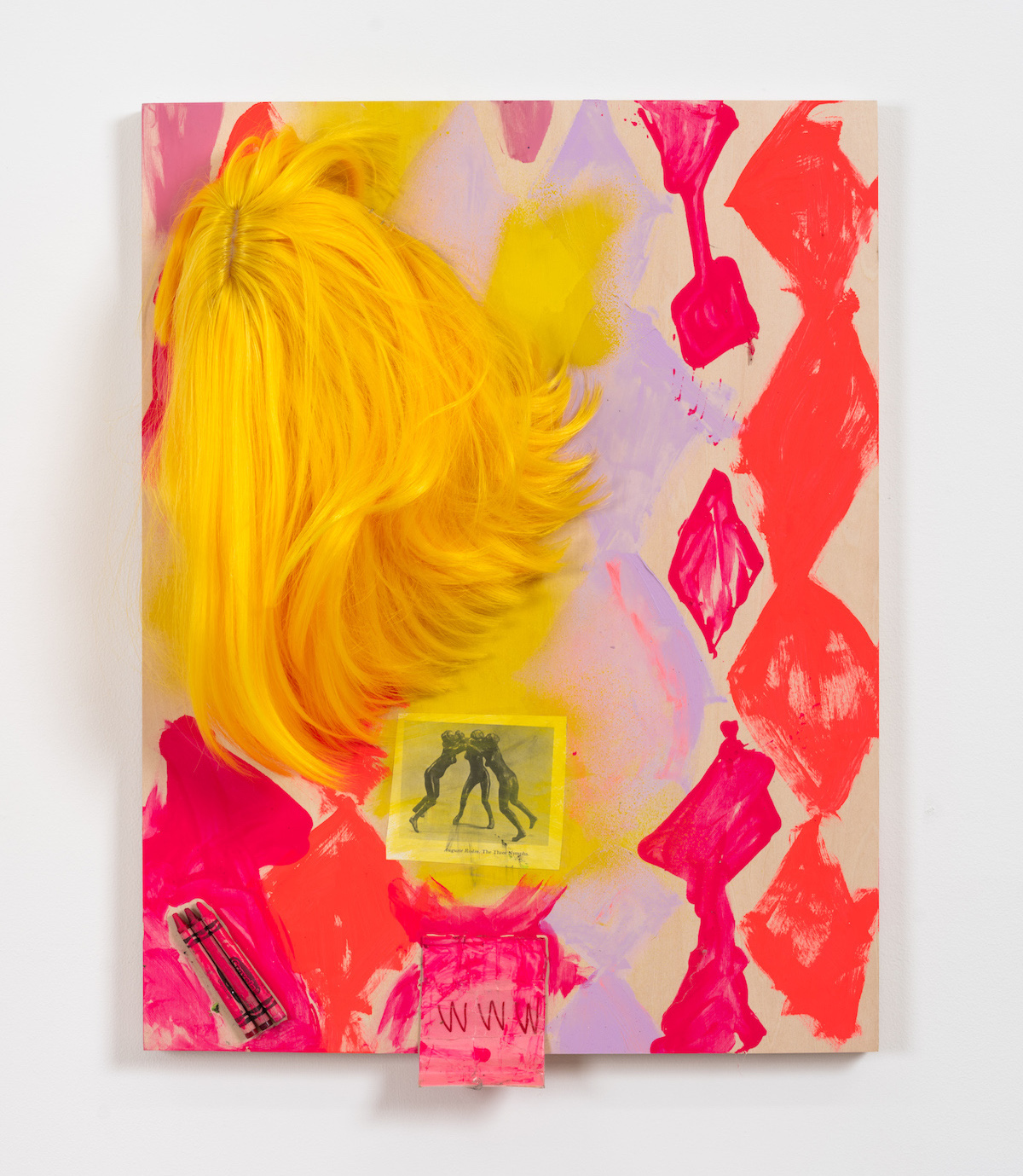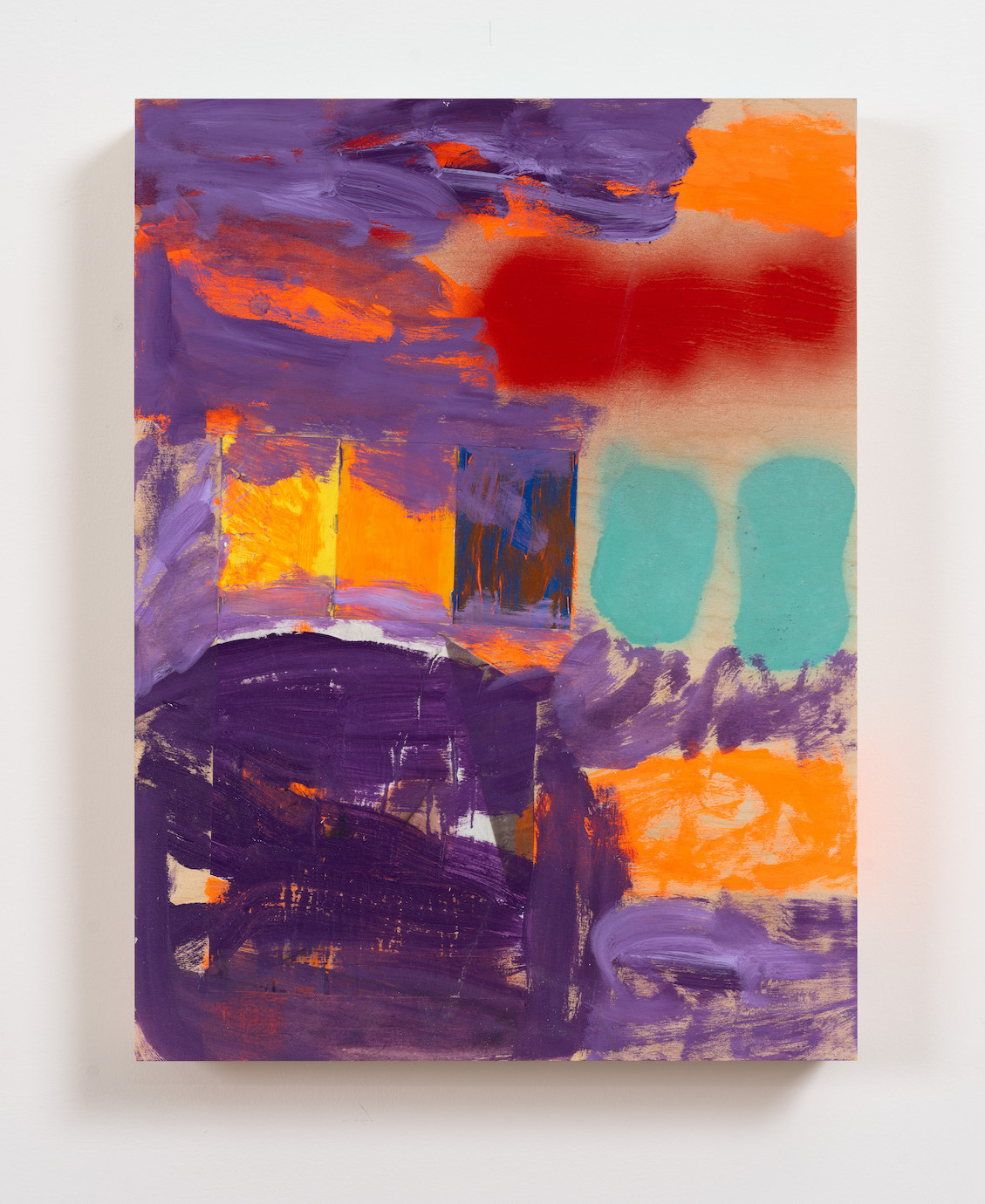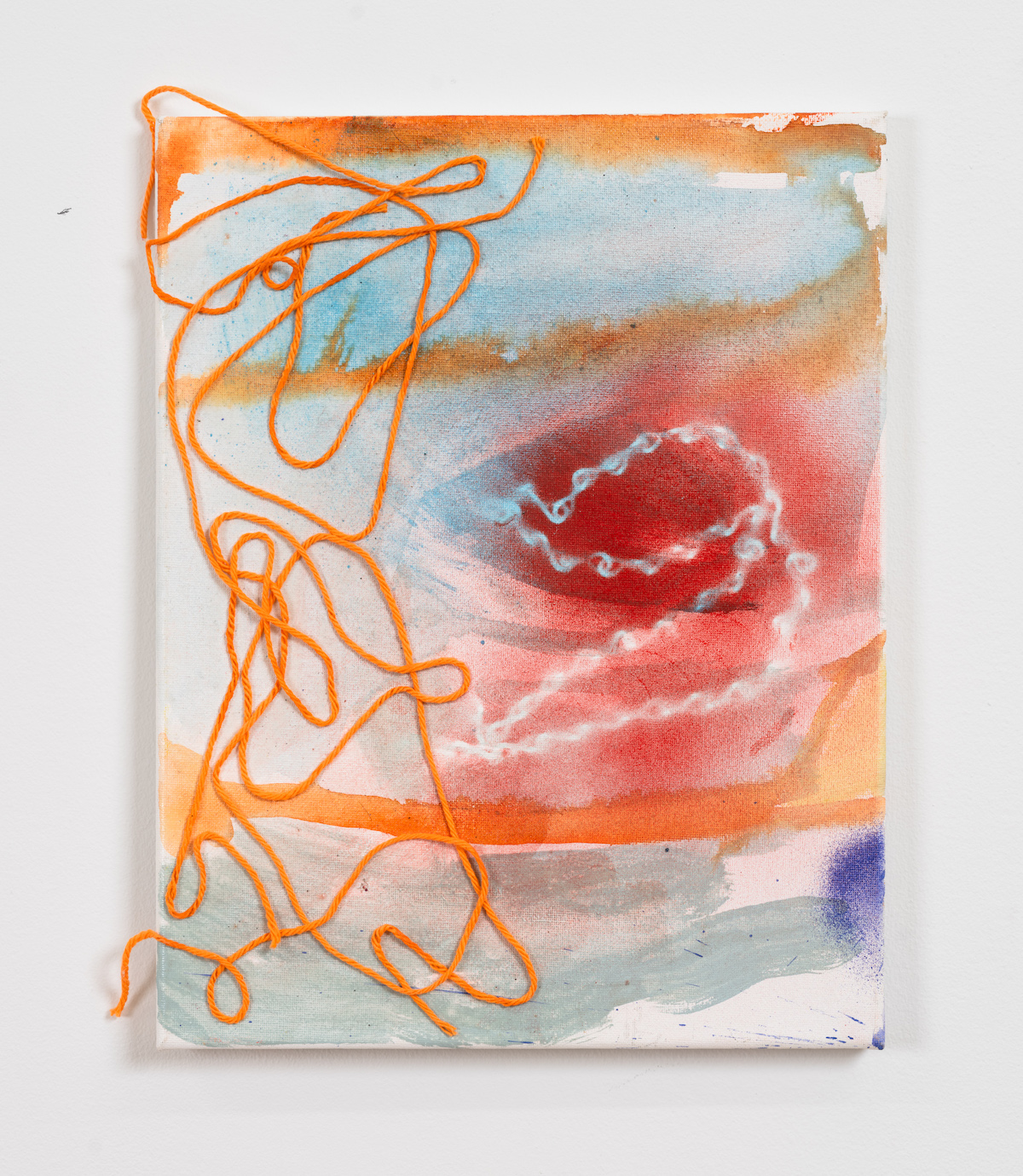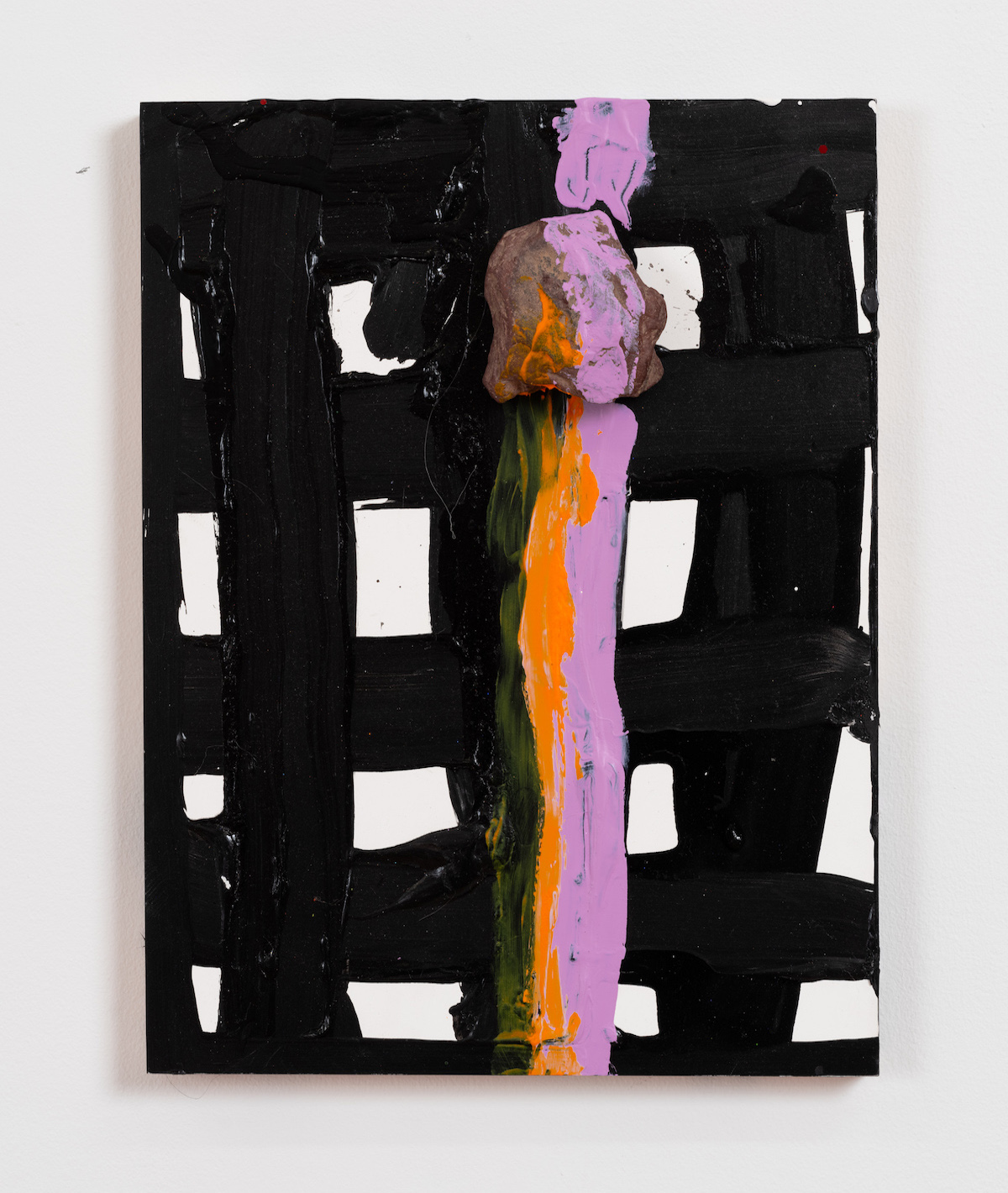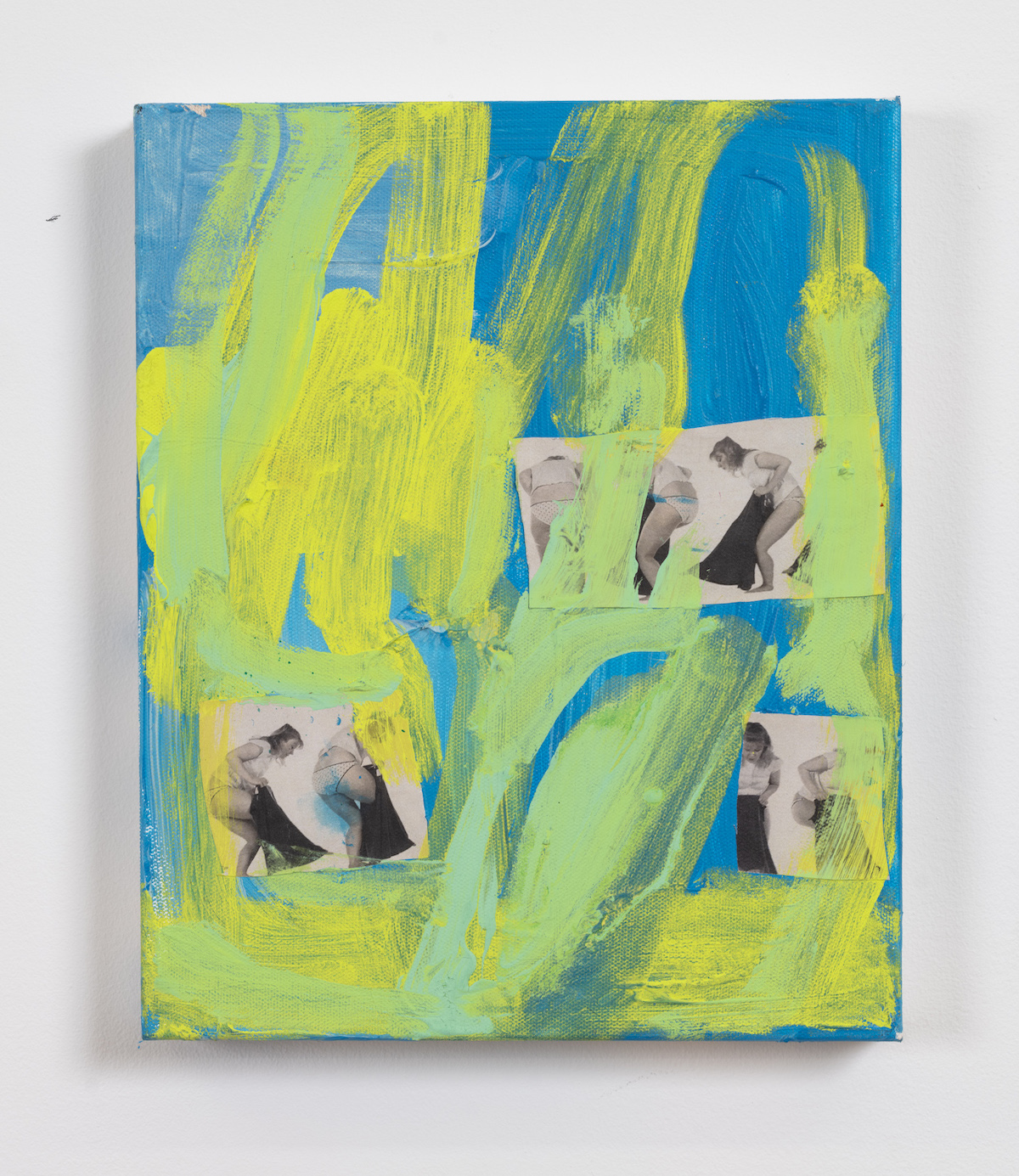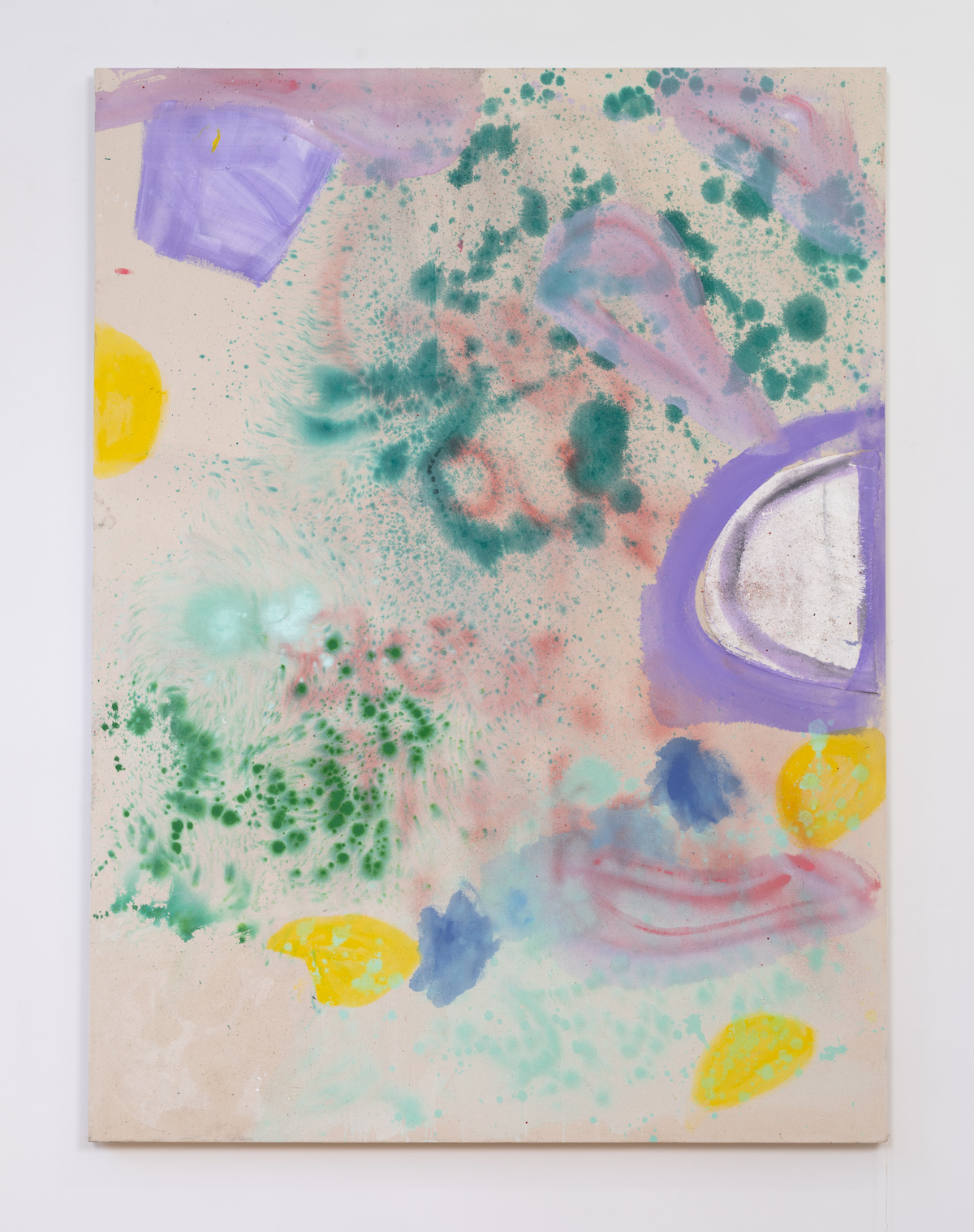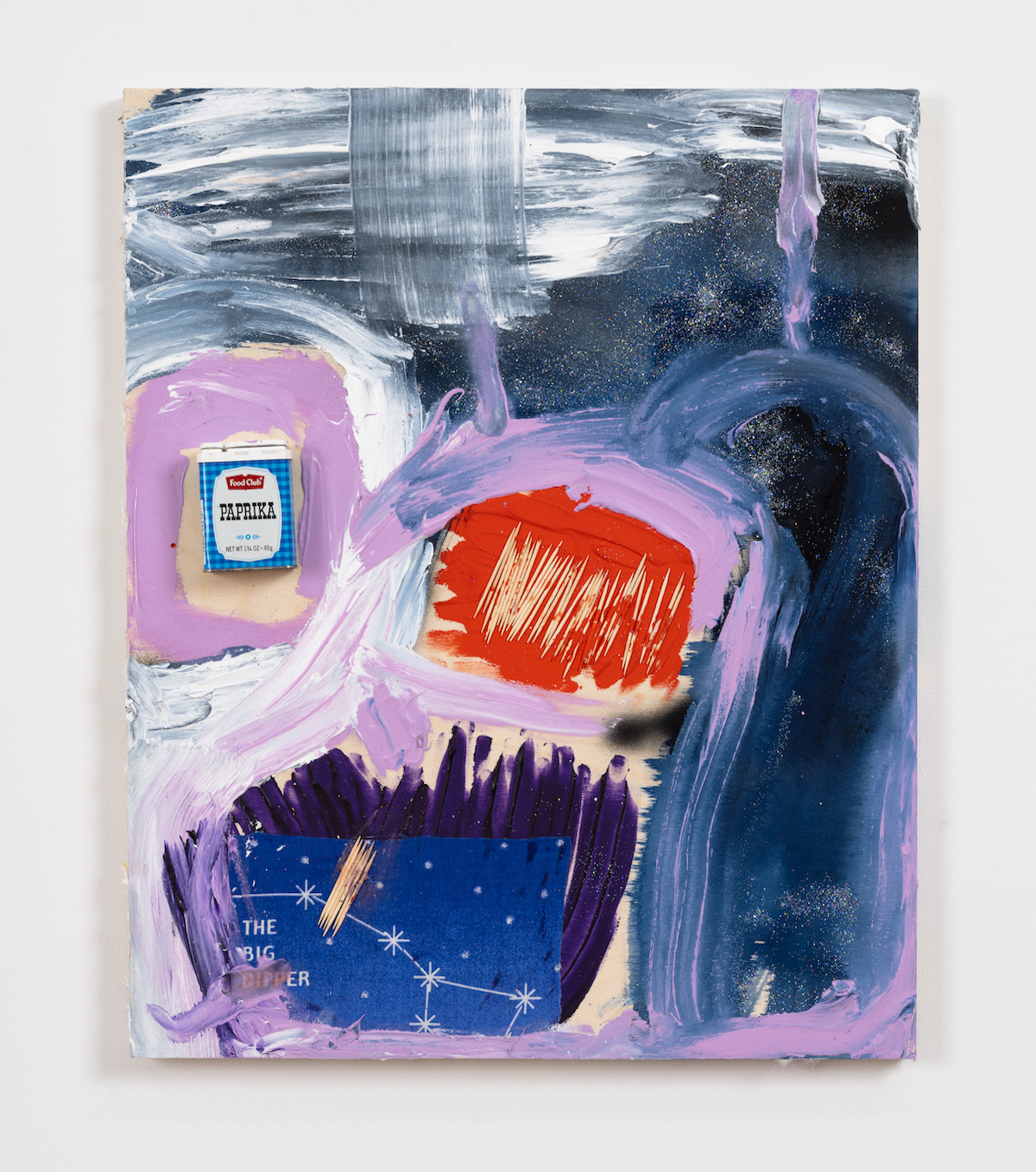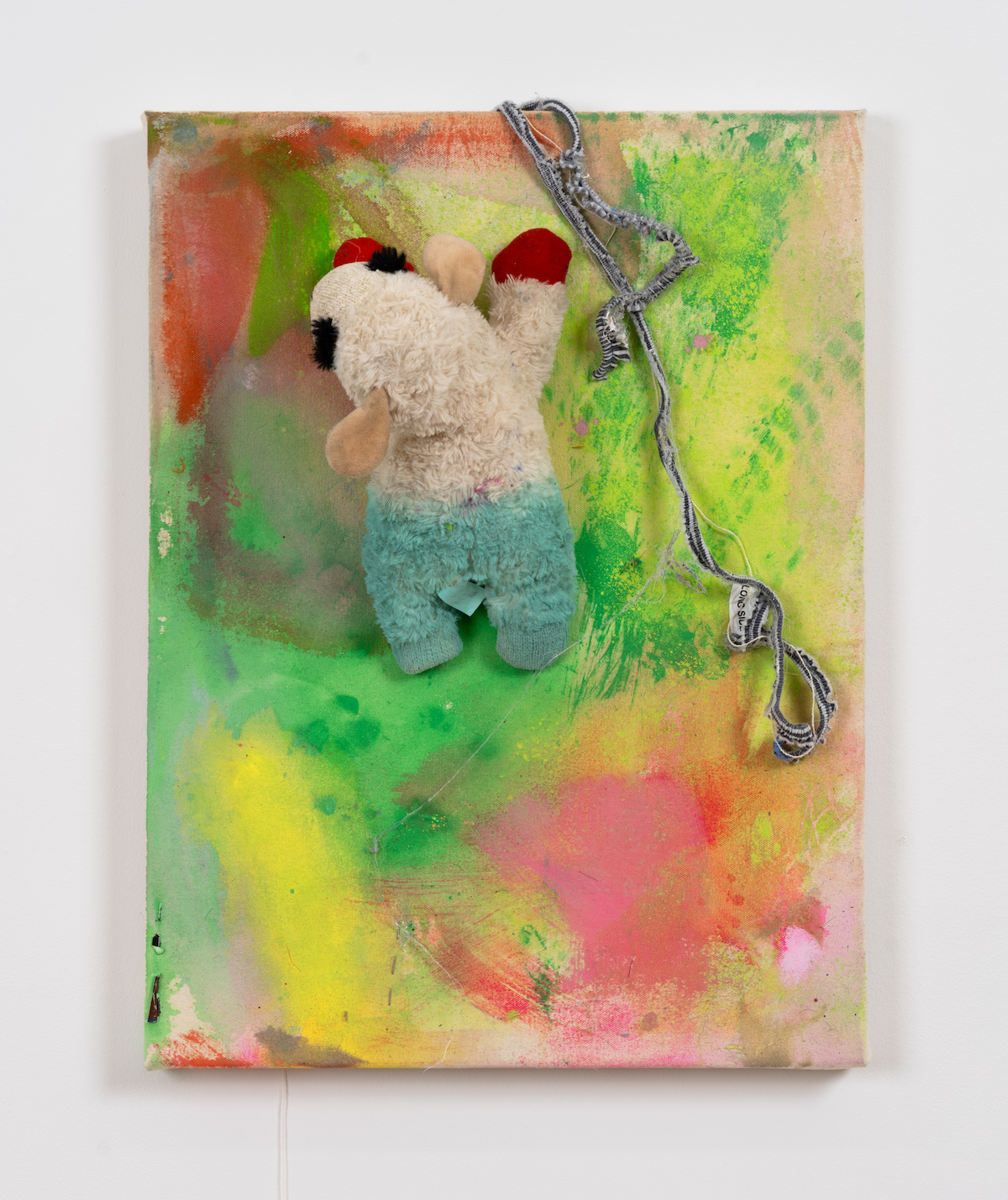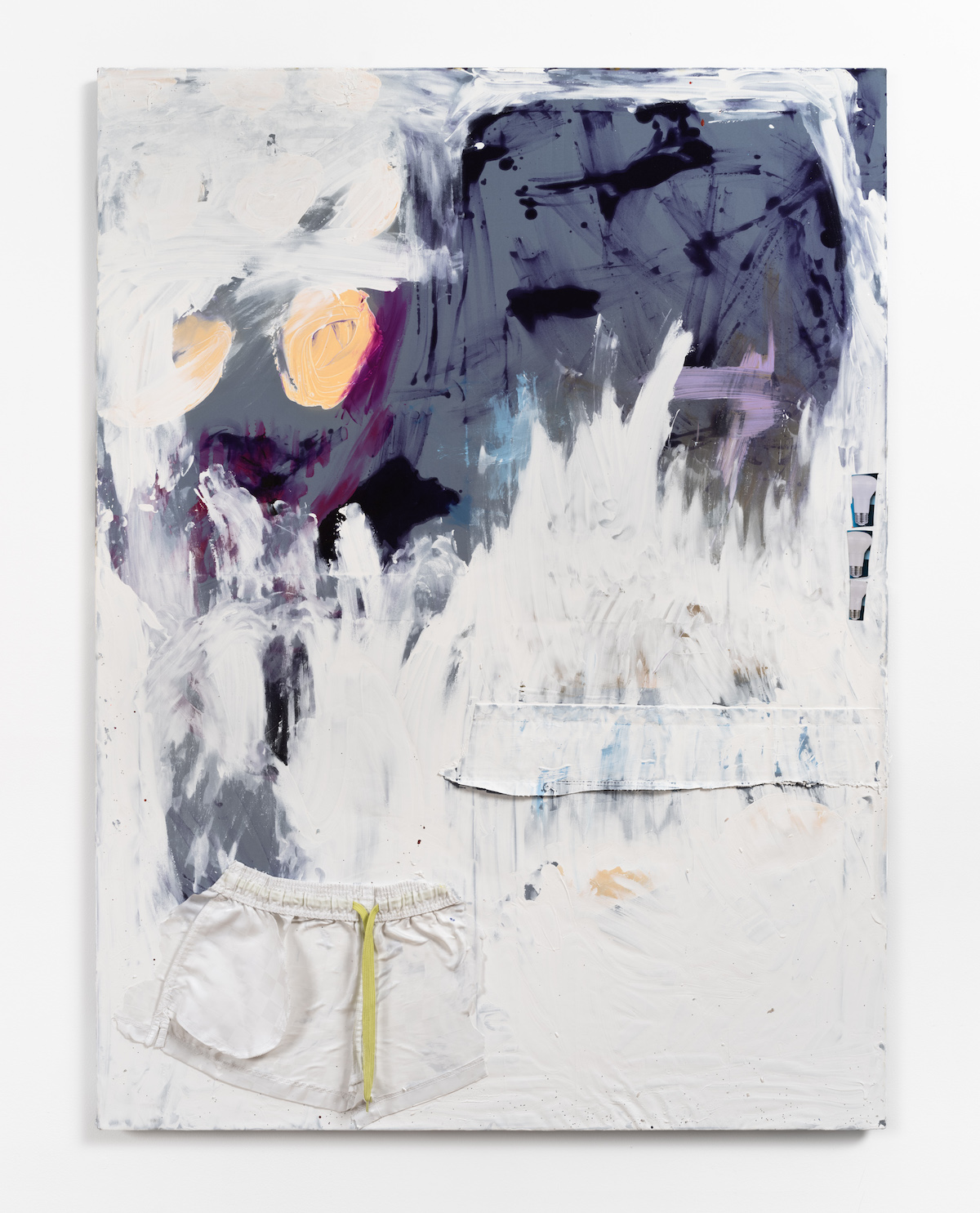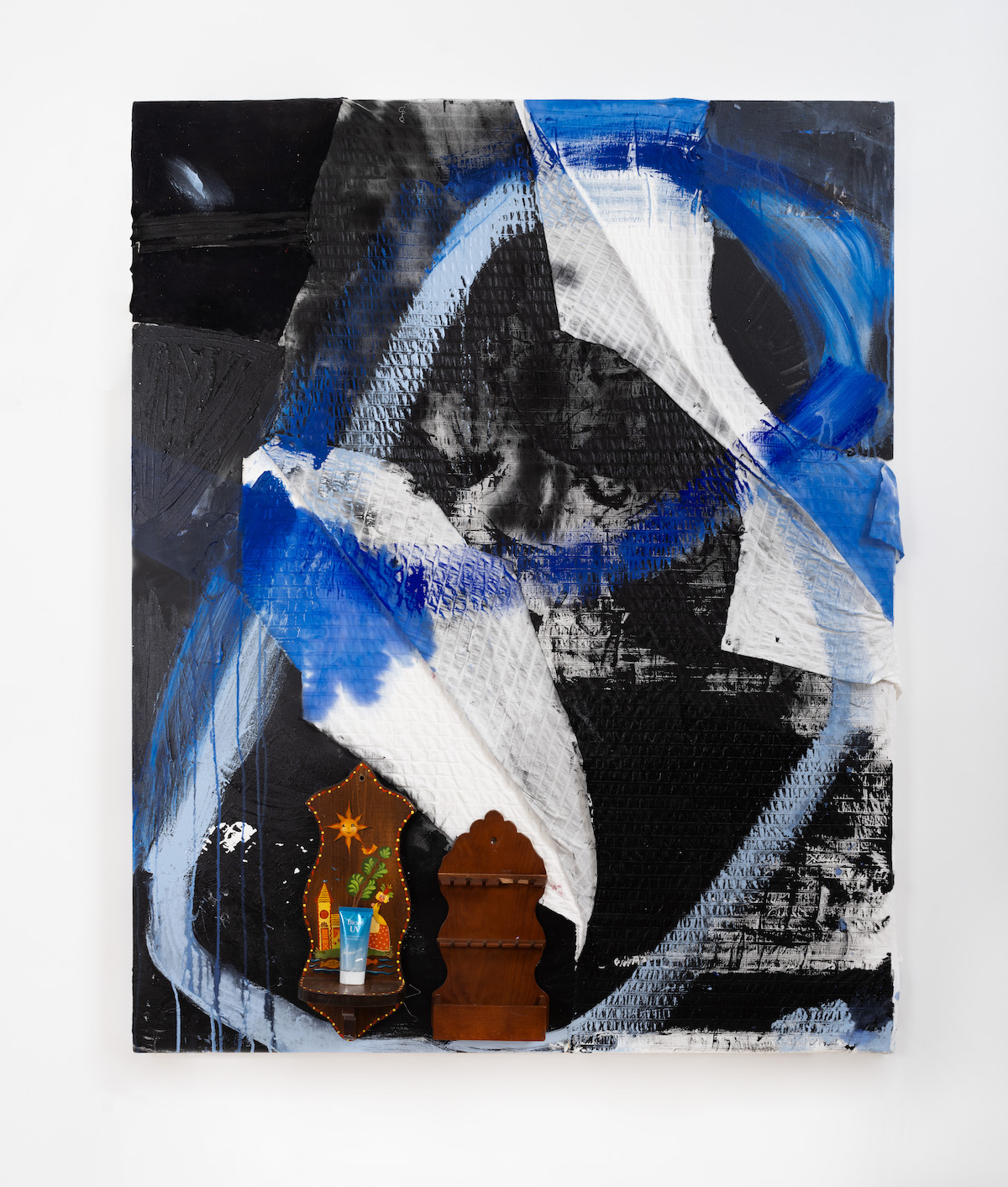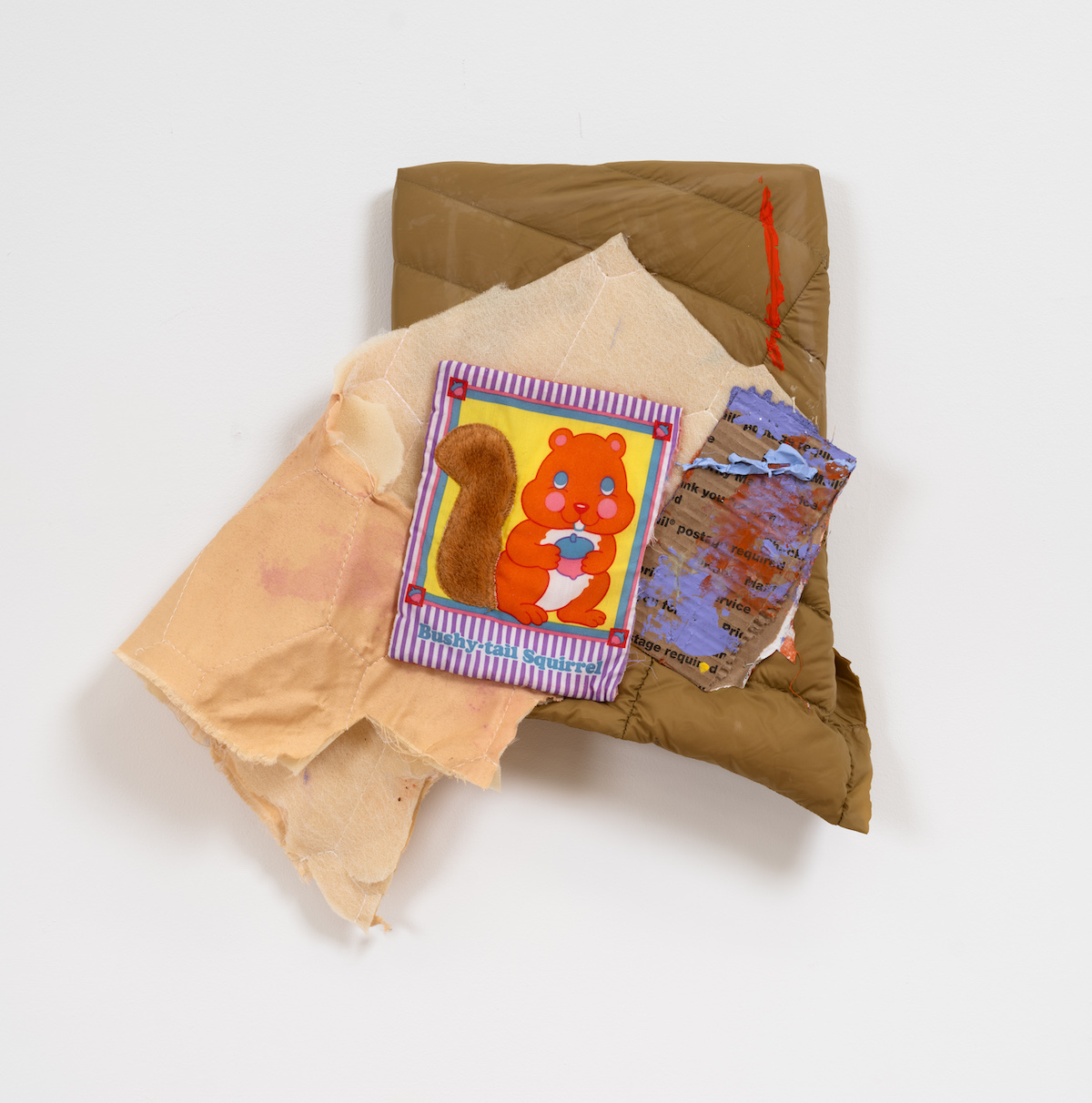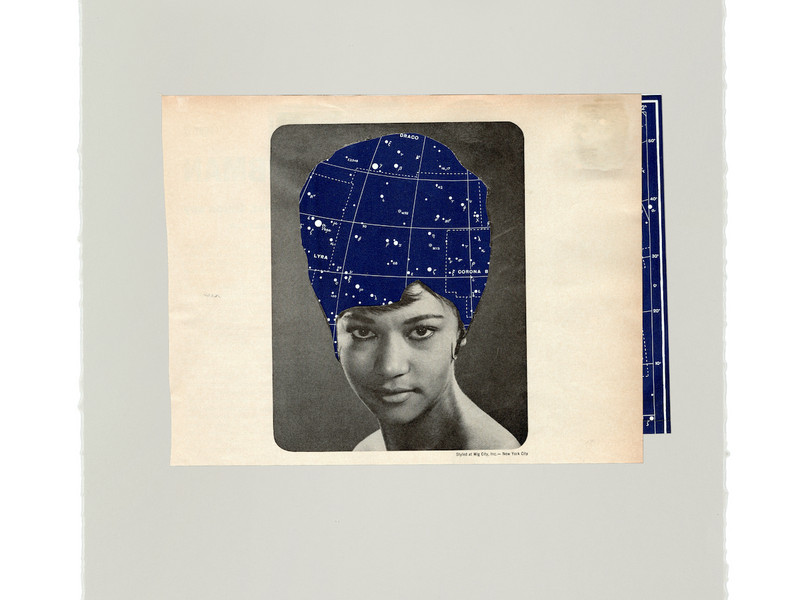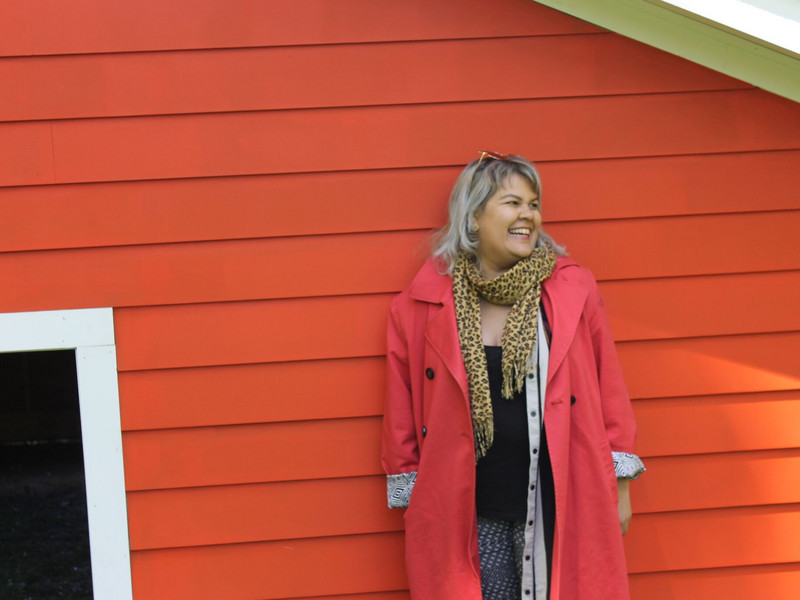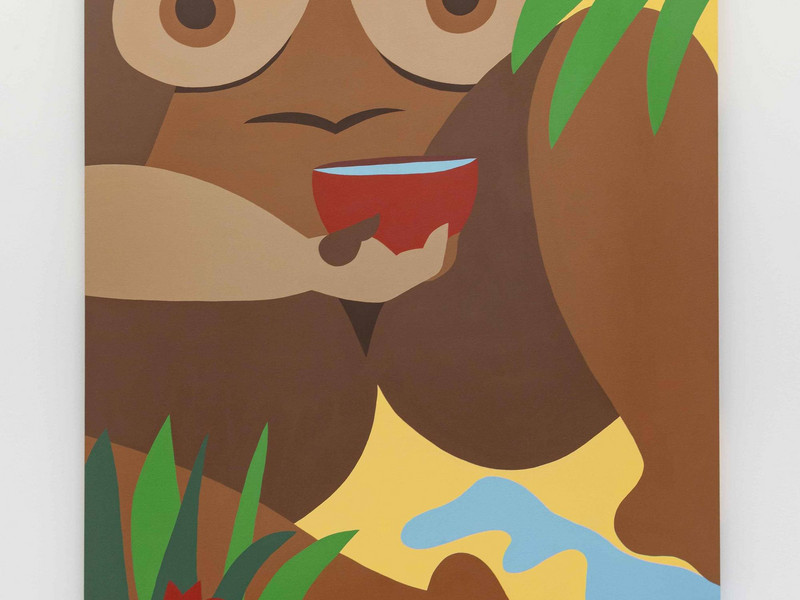The designs themselves reimagine the potential of denim as a leading material; transforming the textile both physically and symbolically through bleaching, Baptiste simultaneously examines the storied role of denim in American identity and uses it as a site for cultural dialogue. An accompanying film created in collaboration with Jordan Blake and the Black queer collective MASISI documents the rich and vibrant beauty of Little Haiti's ceremonious spaces, alongside a series of photographs of the collection shot by Baptiste. Approaching the closing week of the exhibition at MoCADA in Fort Greene, Brooklyn, office sat down with Baptiste to discuss his creative journey and the inspirations behind Ti Maché.
Samuel Getachew— Hi Daveed!
Daveed Baptiste— Hi! How are you?
SG— I’m great, congrats on the show!
DB— Thank you, thank you!
SG— You combine fashion and photo in the exhibit in really interesting ways. Where did your creative journey start for you? Which medium came first?
DB— My first medium was definitely photography. I started shooting in middle school, I want to say like seventh or sixth grade. At the time, I was living in Miami, Florida, not Miami specifically, that's that's like, you know, my first home. And we were at this after school program at MoCA [Museum of Contemporary Art], and they had a teen program, similar to how the Brooklyn Museum has their teen program.They had different classes every single day, and I really came into myself in those classes.You know, you're young, you're discovering yourself through a creative medium. And for me, that was definitely photography.
At the time, I feel like images weren't as accessible as they are now — we had smartphones, but the quality of the iPhones weren't that great. So it was really about the point and shoe that your grandparents might still own. And if you had a DSLR camera, I mean, that meant you really had money to spend on a camera. So I discovered images that way. And I would say fashion kind of came afterwards.
I felt like photography was more natural for me, it kind of felt very spiritual. Not in the moment, but now that I have the language for it. And then design was this learned thing, that I'm very passionate about and I love, but I just have a different relationship to it than I do with photography. And people often like to ask, “if you had to choose one,” and I'm like, I’m not choosing.
SG— I love that! Was there a moment for you with photography where it went from this cool thing that you're getting to do in this program to something that you saw yourself taking seriously? When did you start considering yourself a photographer?
DB— I think when I moved to New York. When I was like 15, 16, I was going to house parties in Miami – I loved taking my camera to the house parties, and photographing people. I loved watching people's reactions to seeing an image of themselves at an event or at their best moment, whether that's like their wedding day or baby shower. But when I moved to New York, I started seeing really young people, like kids who are 19, 21, 23, shooting campaigns, shooting things for huge brands, shooting for big magazines and editorials. That’s when I realized, this is a real thing.
